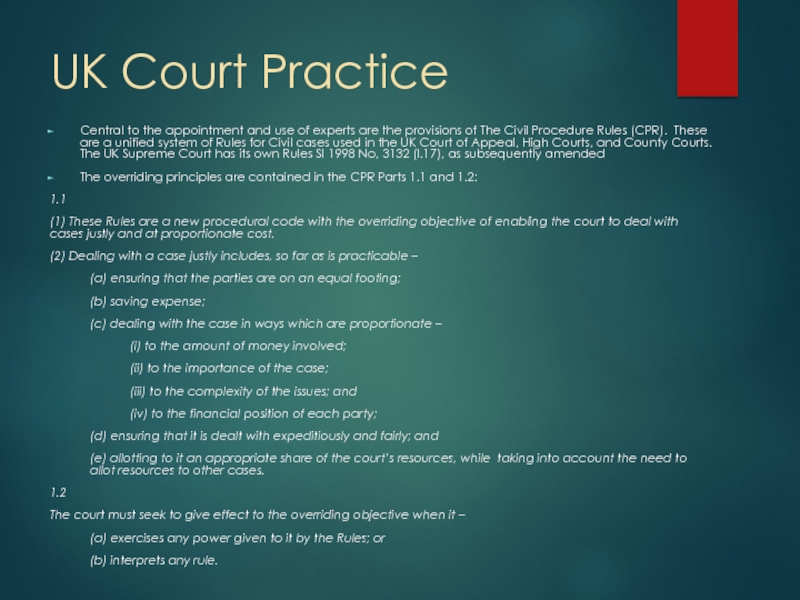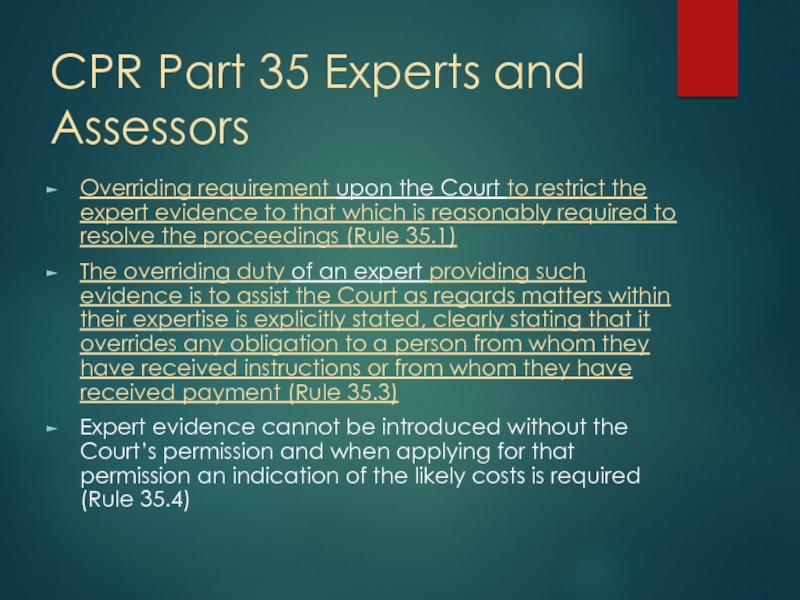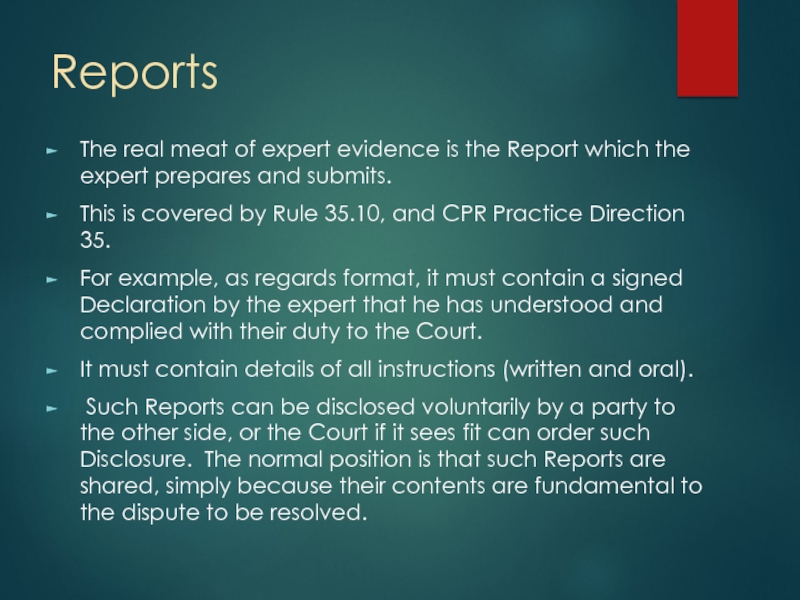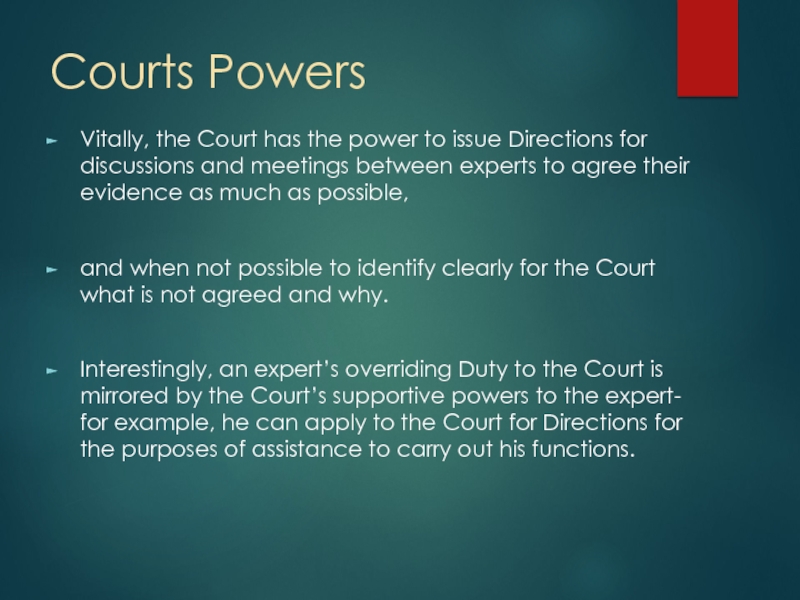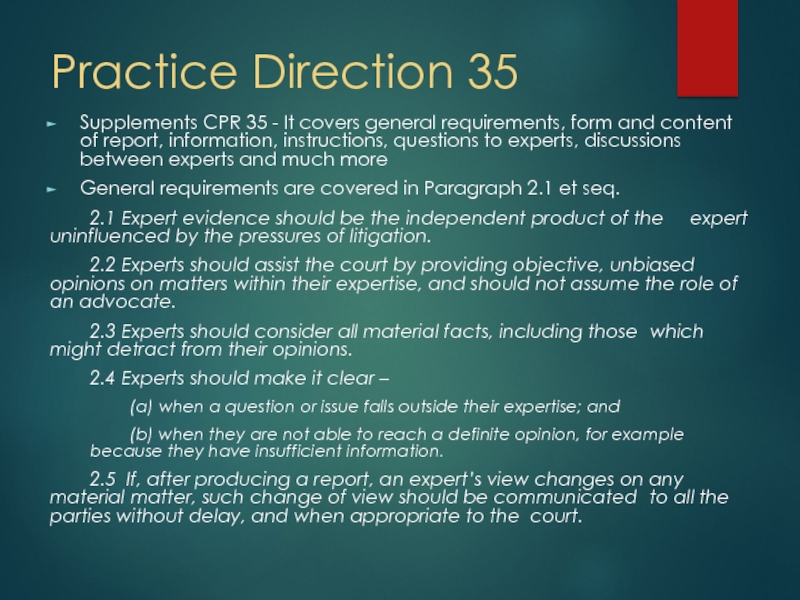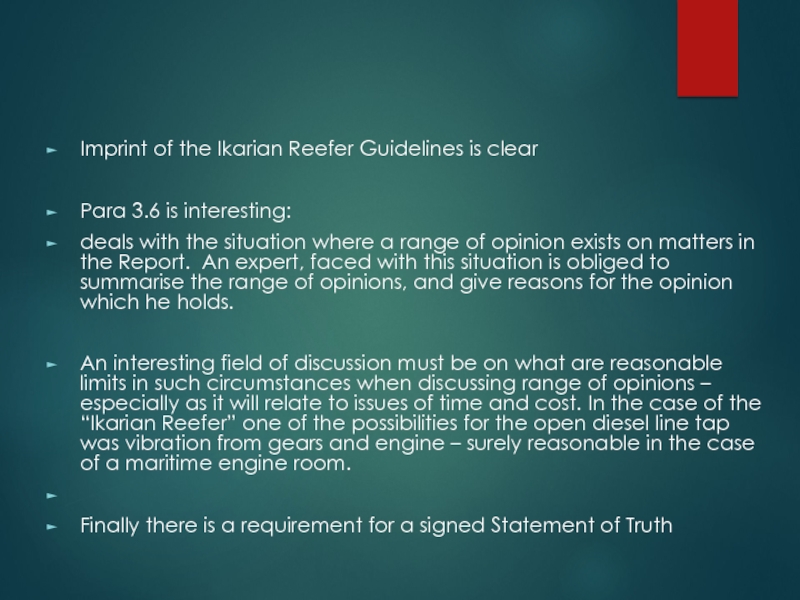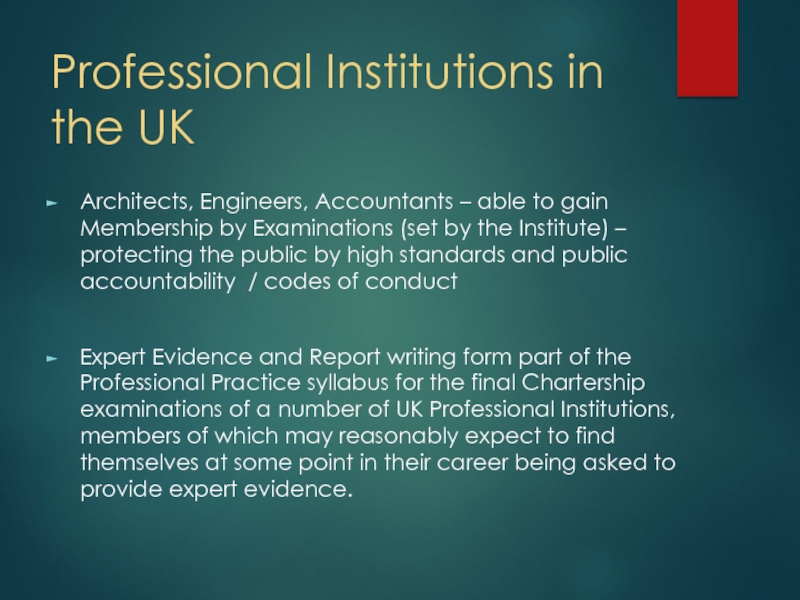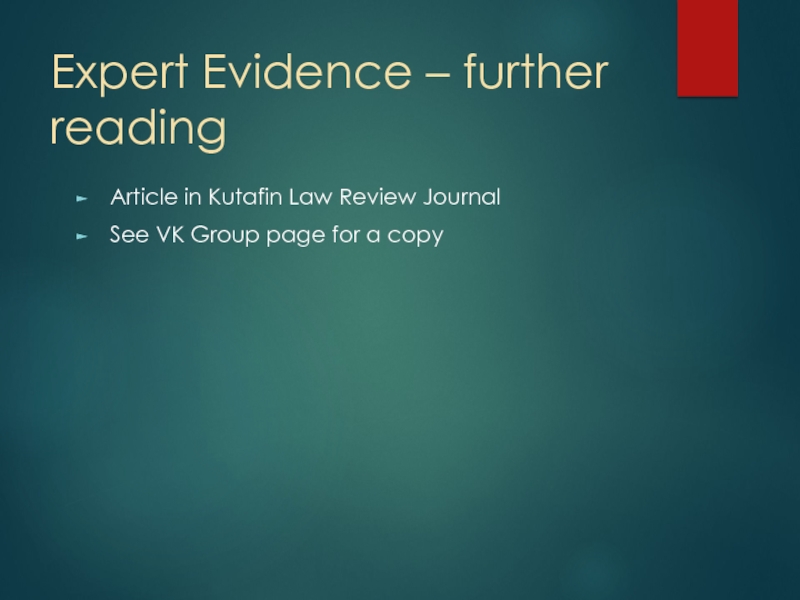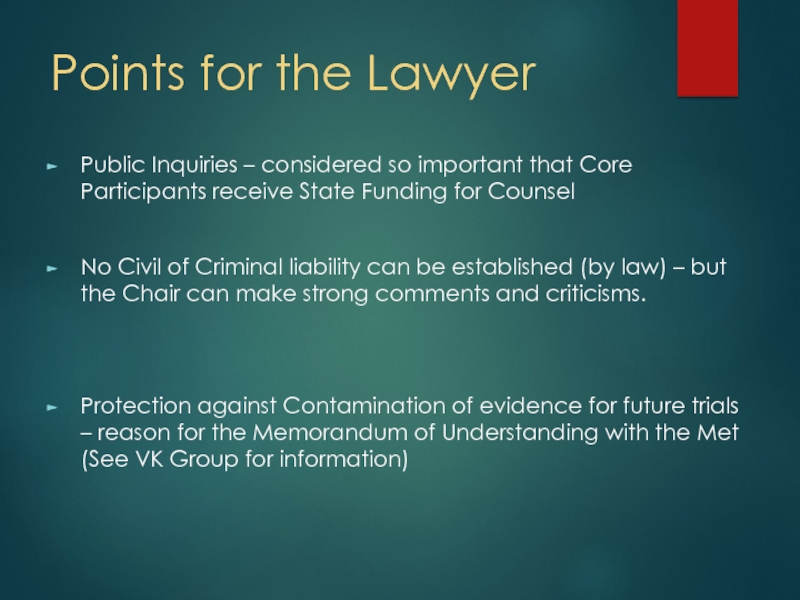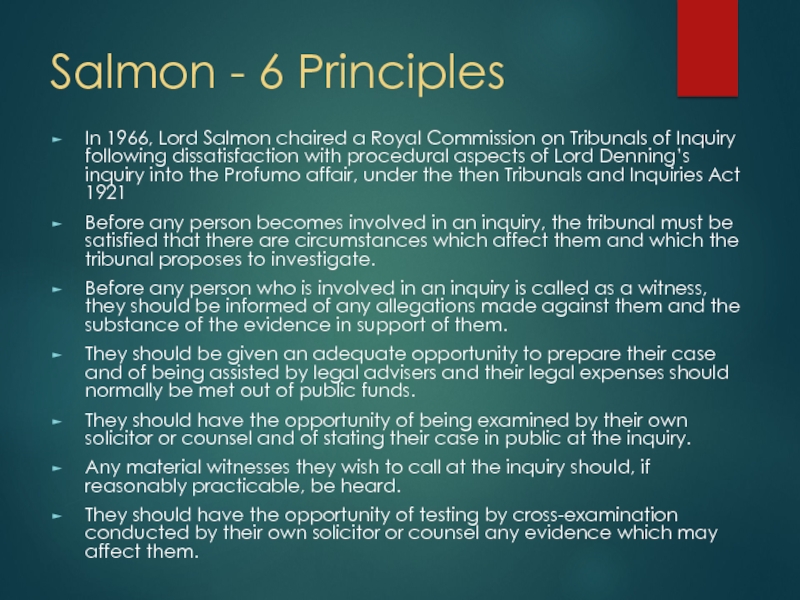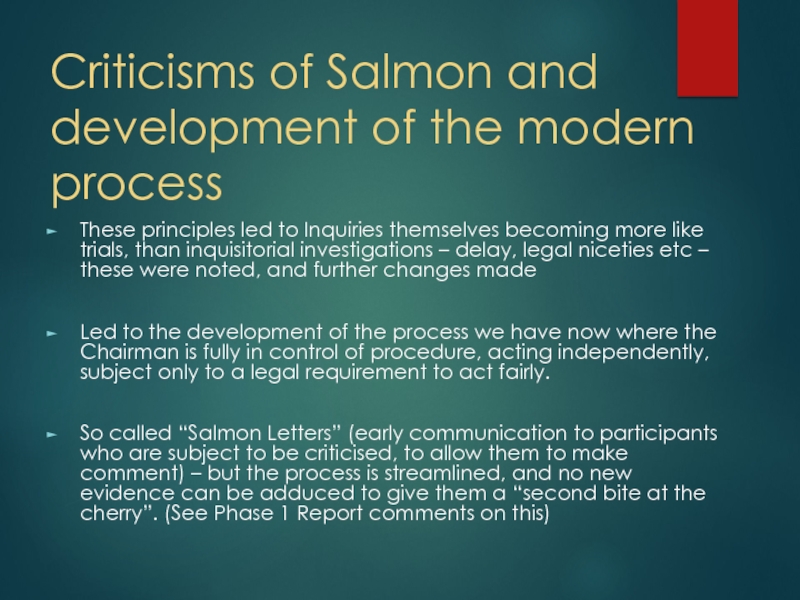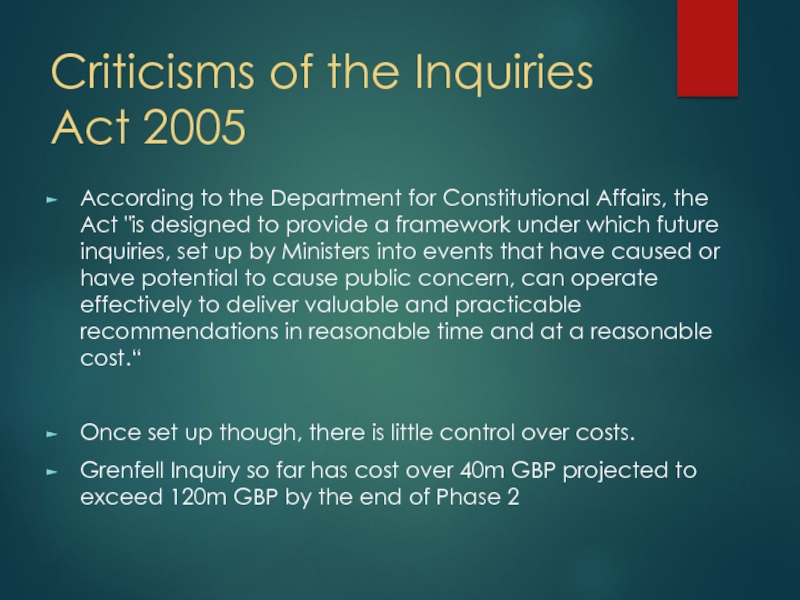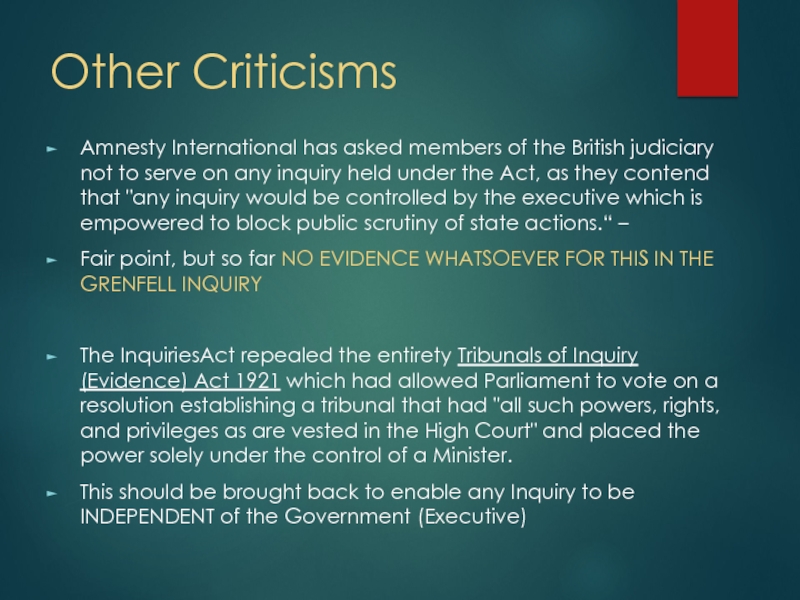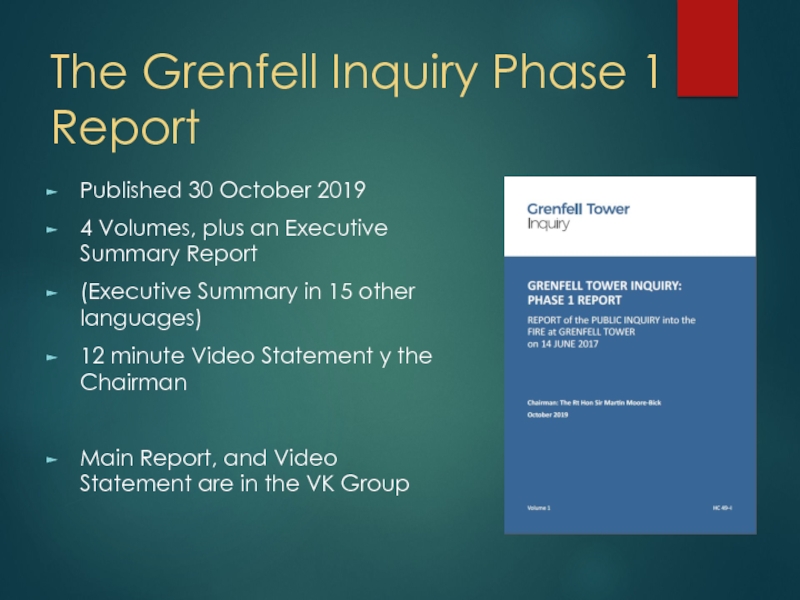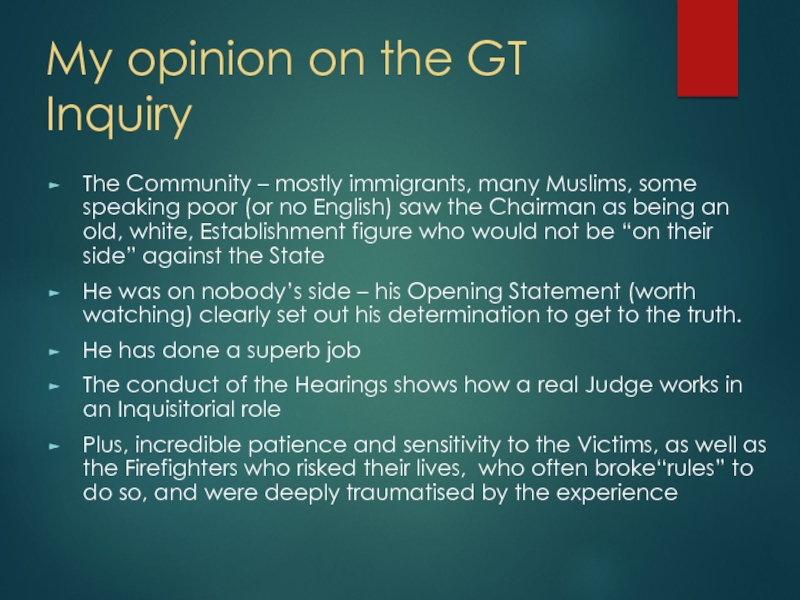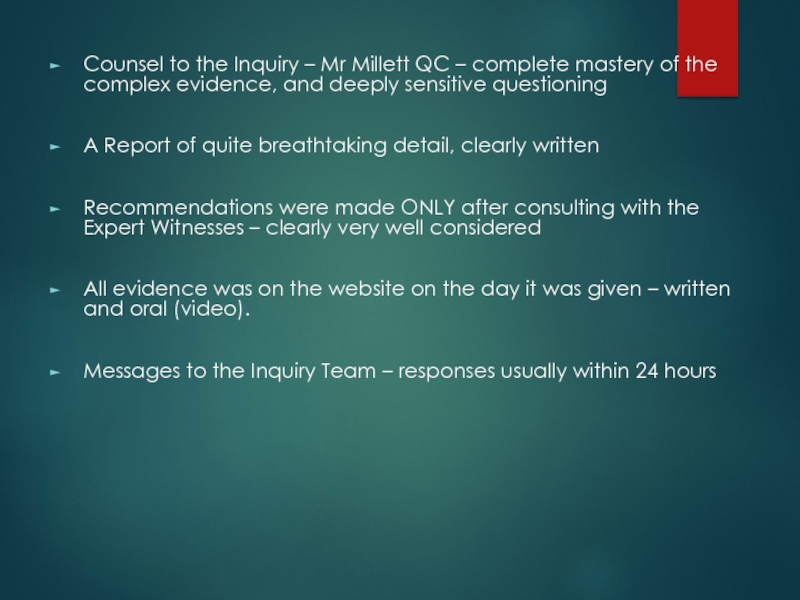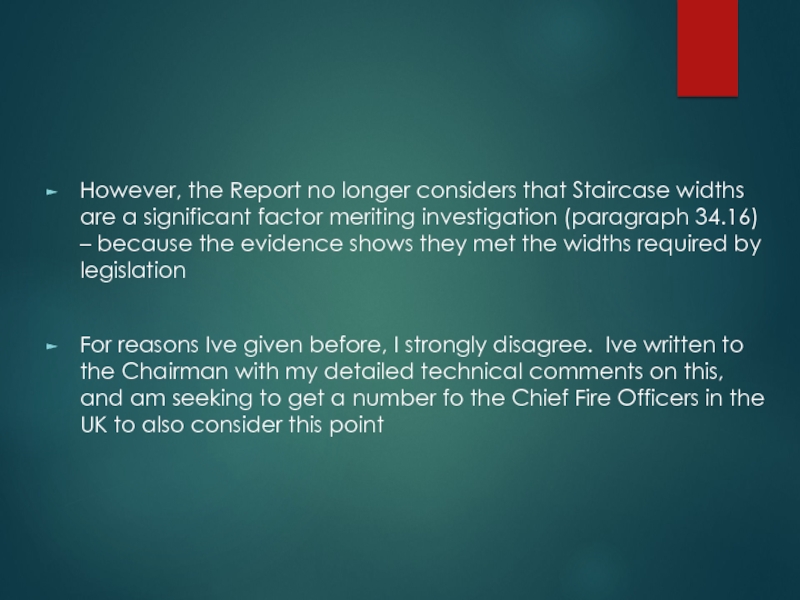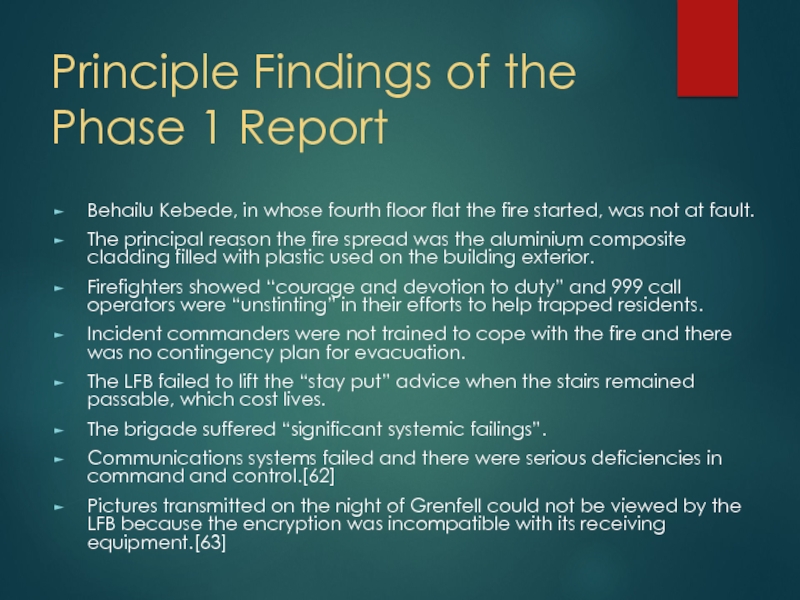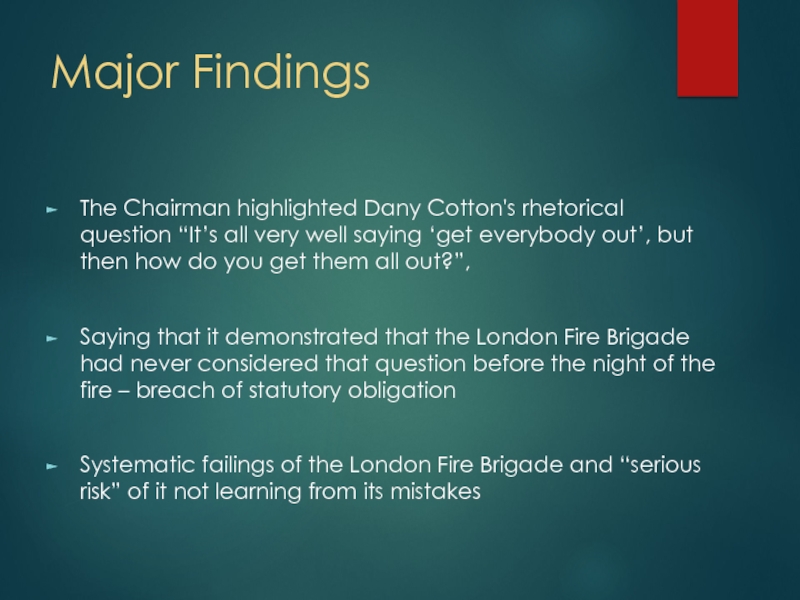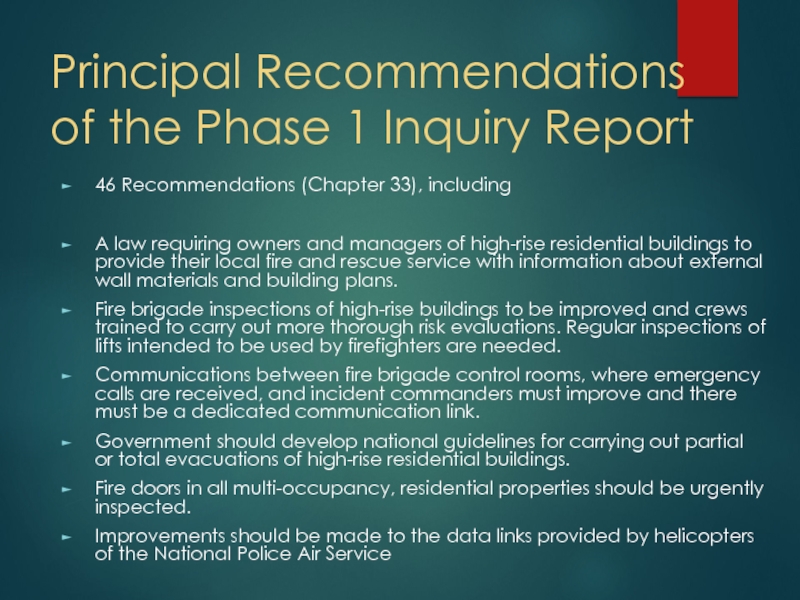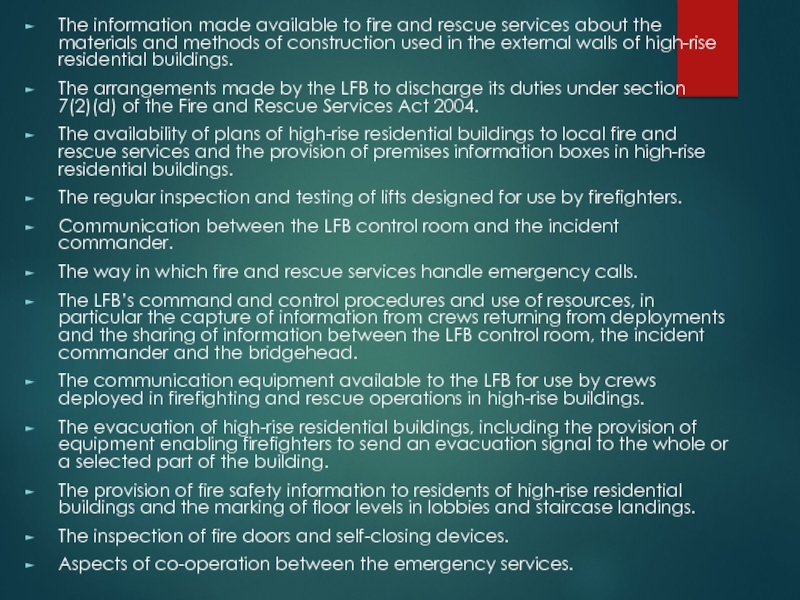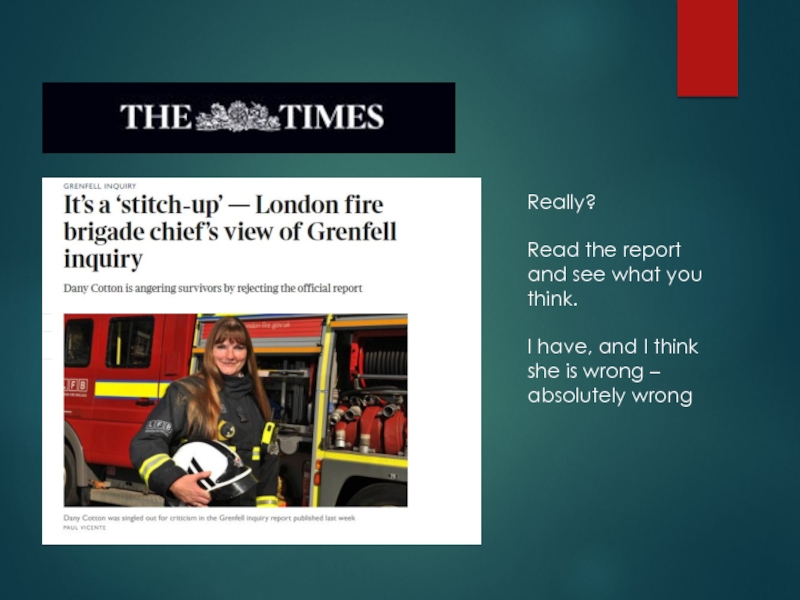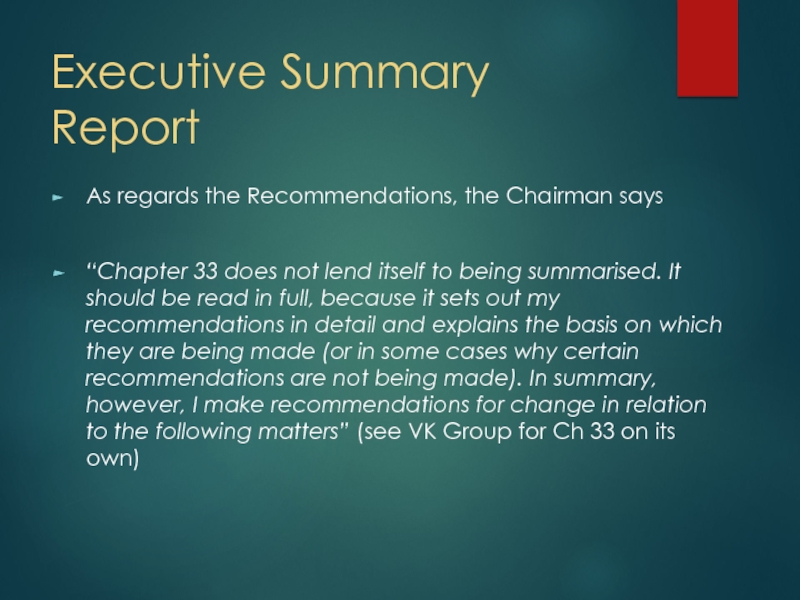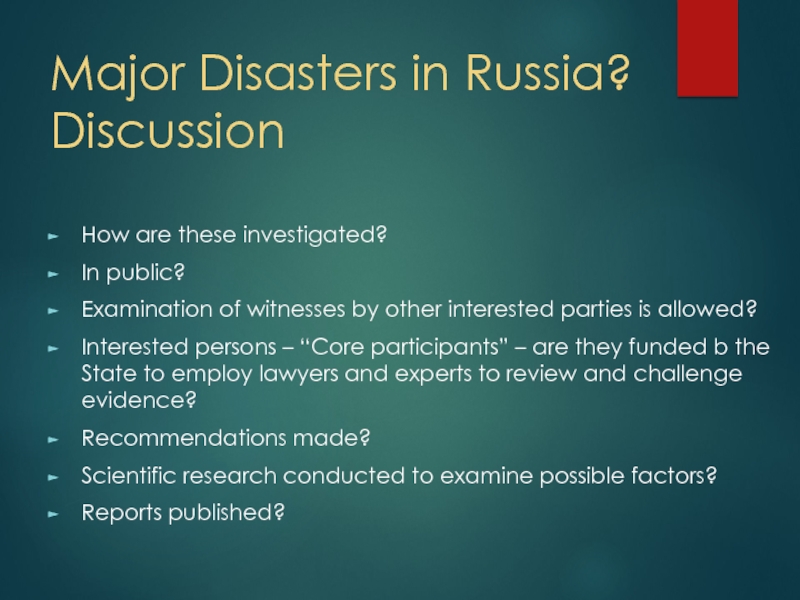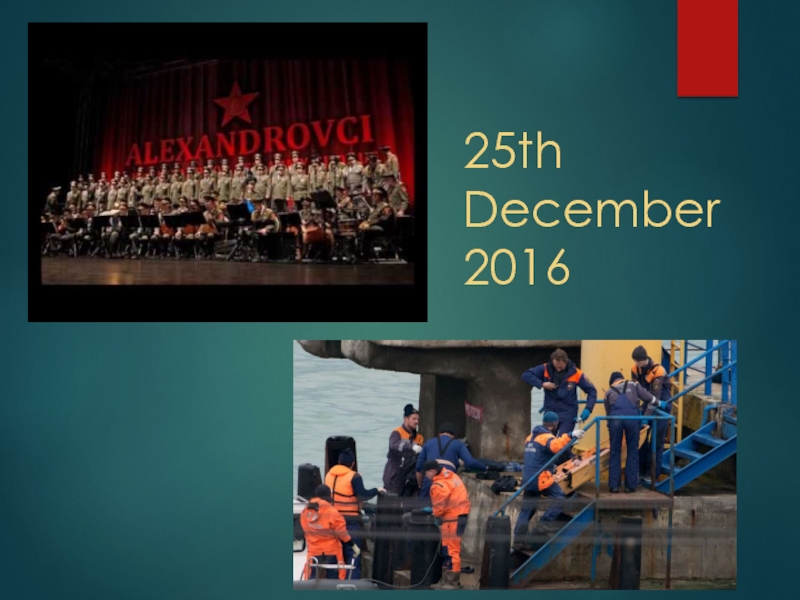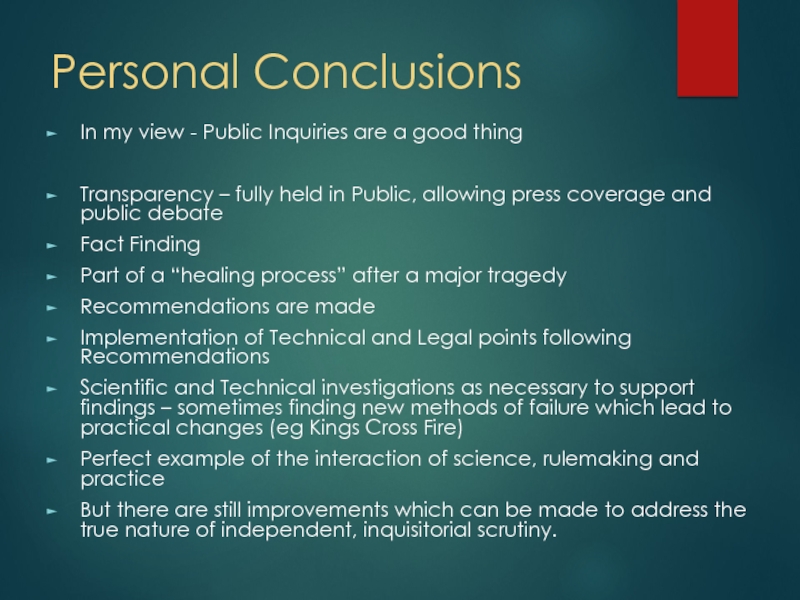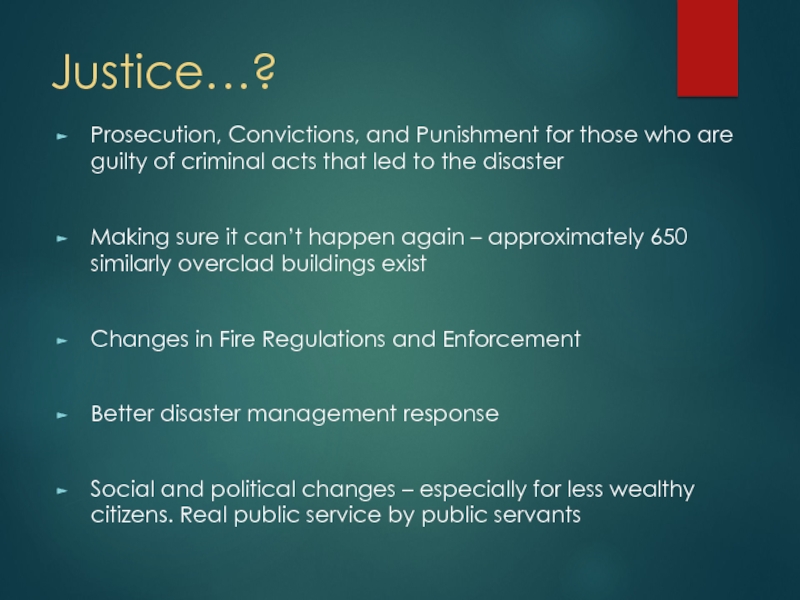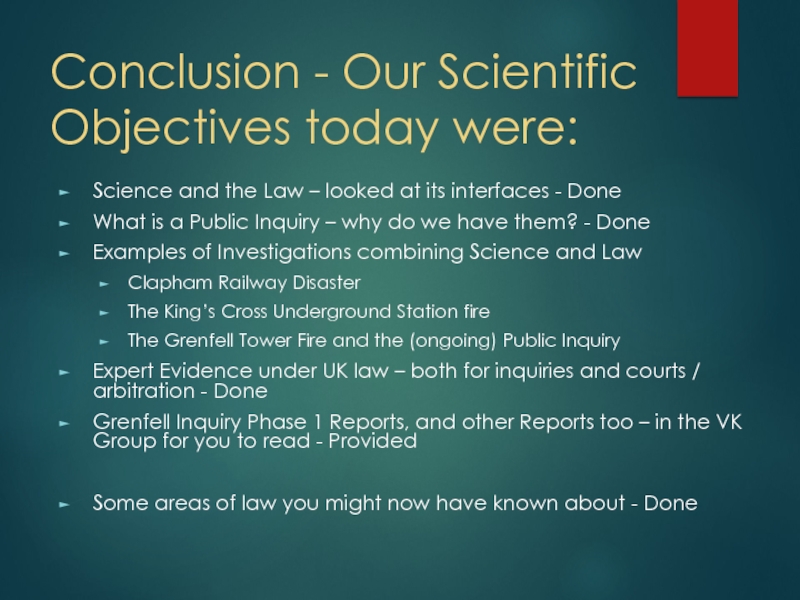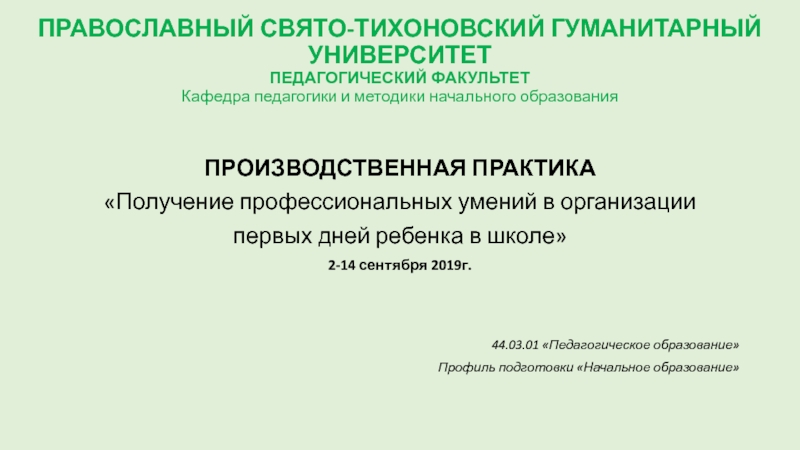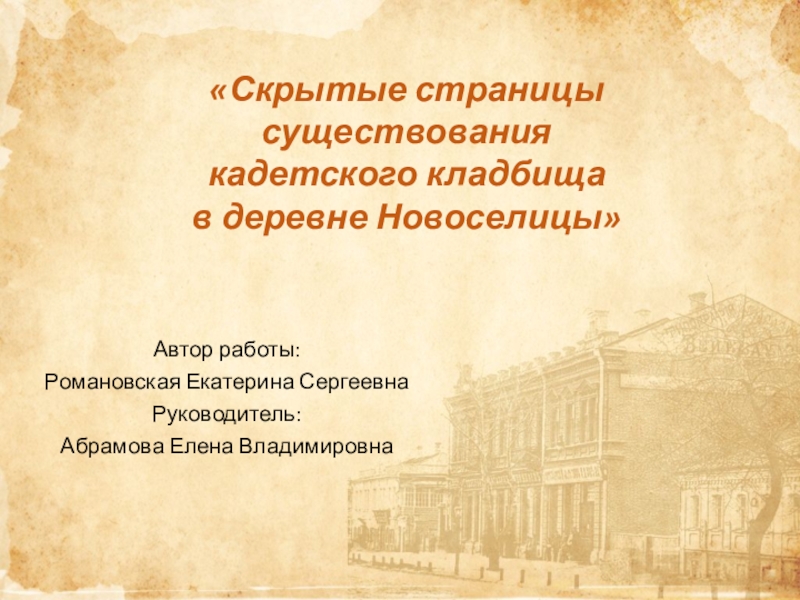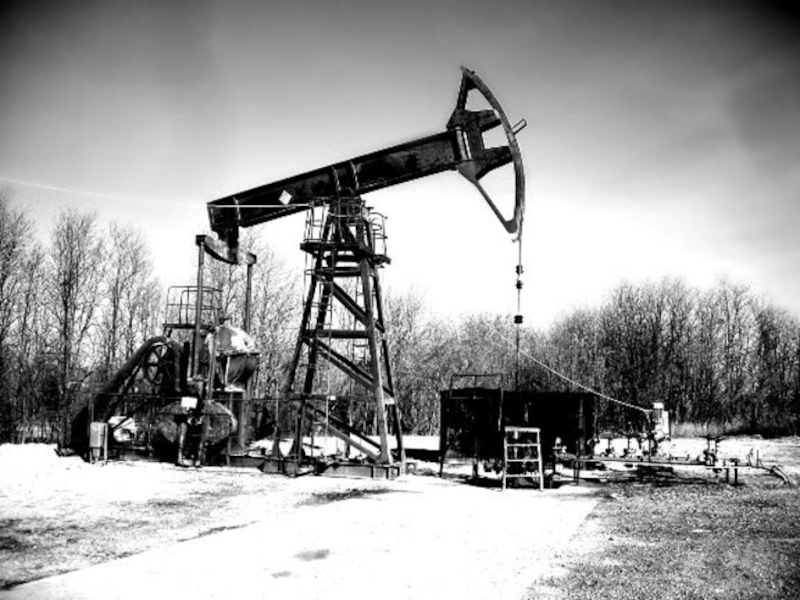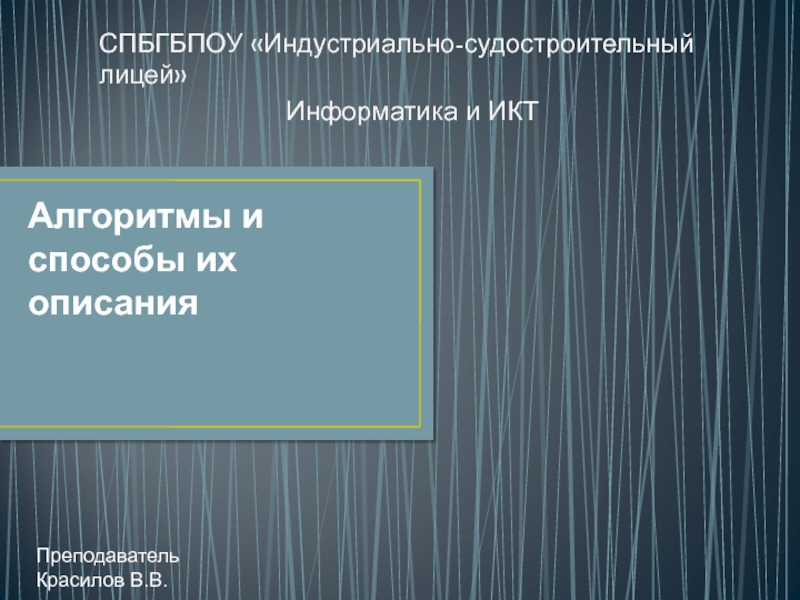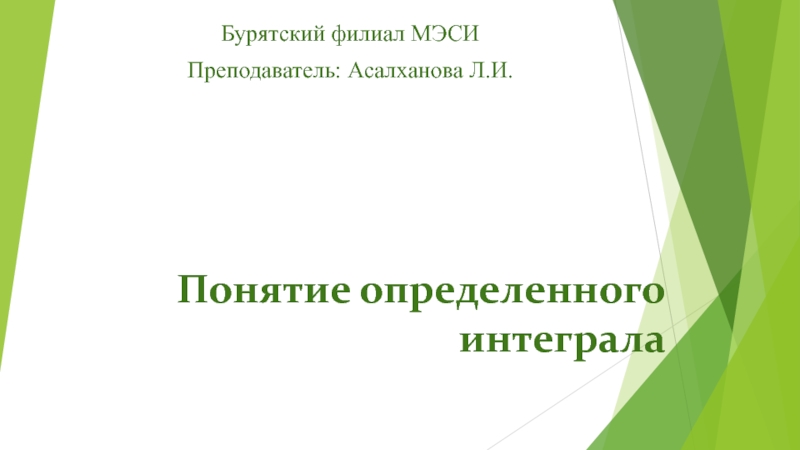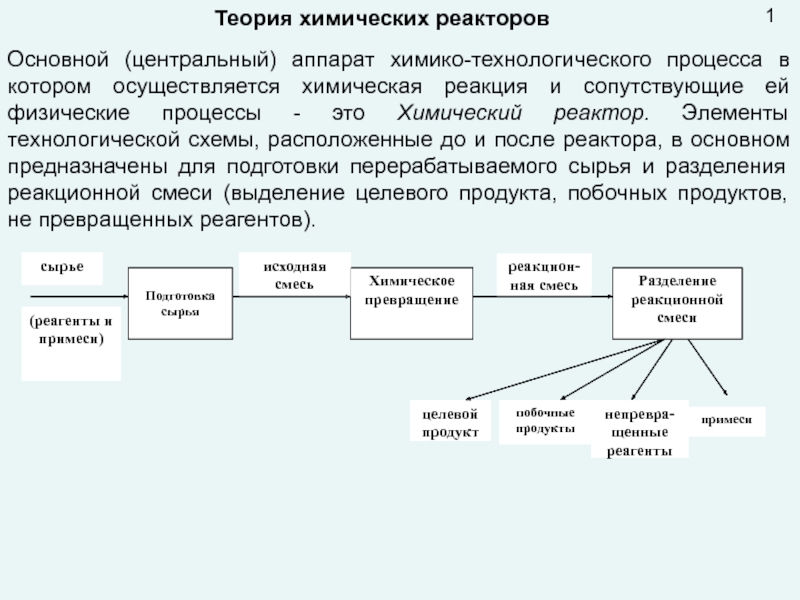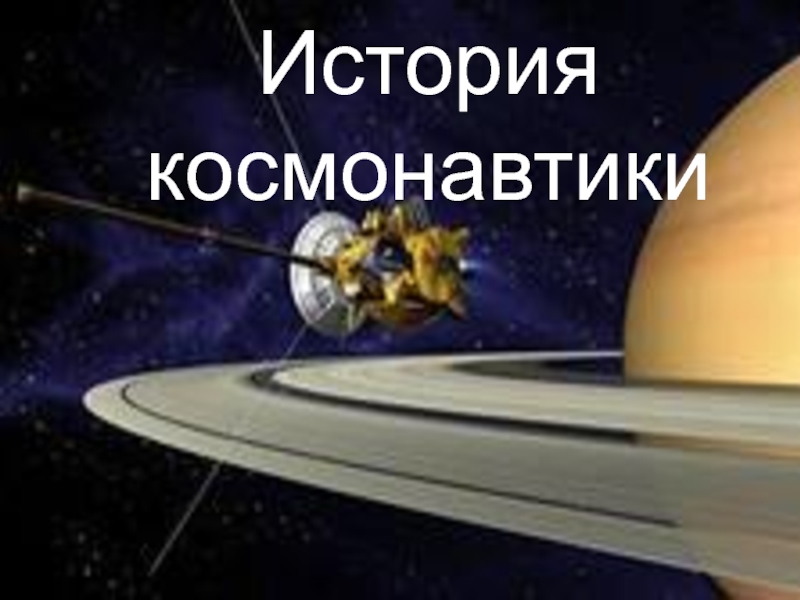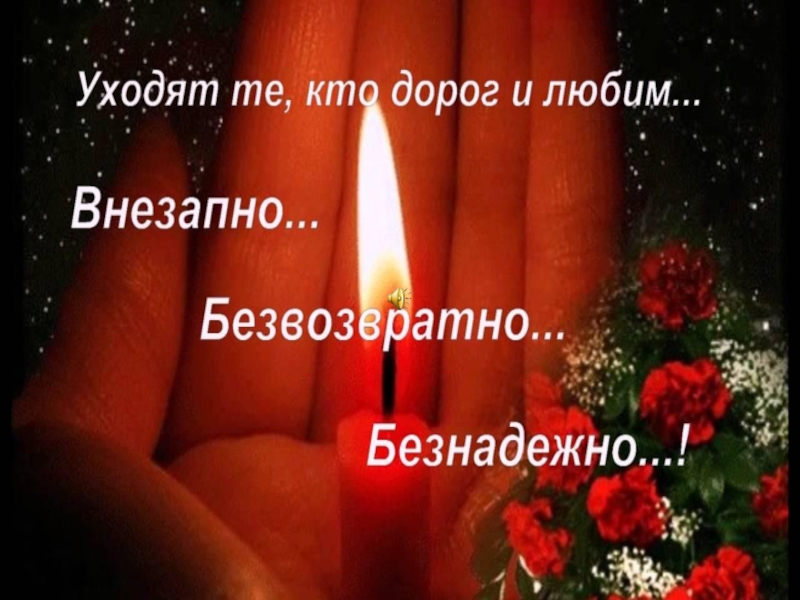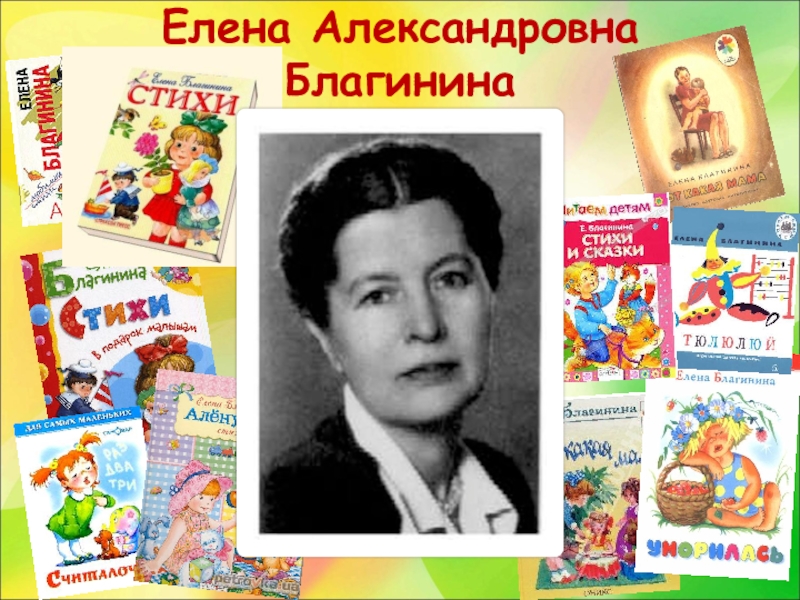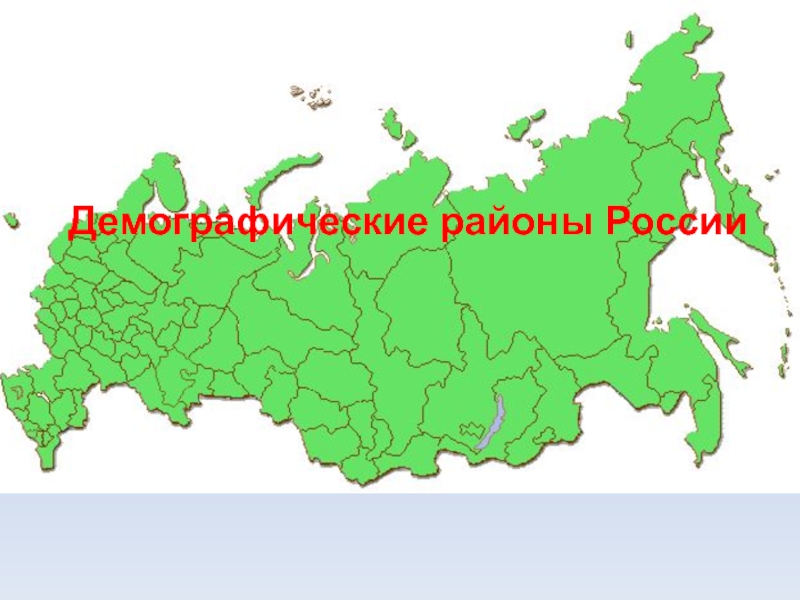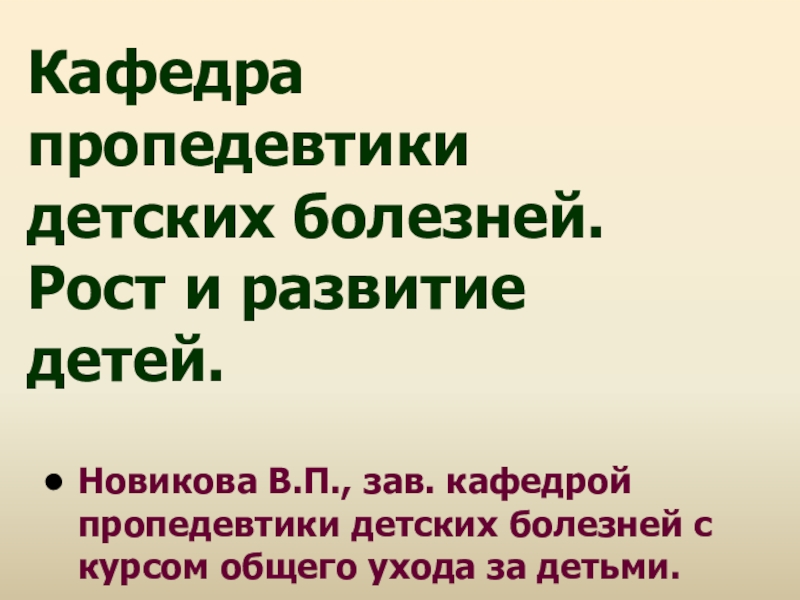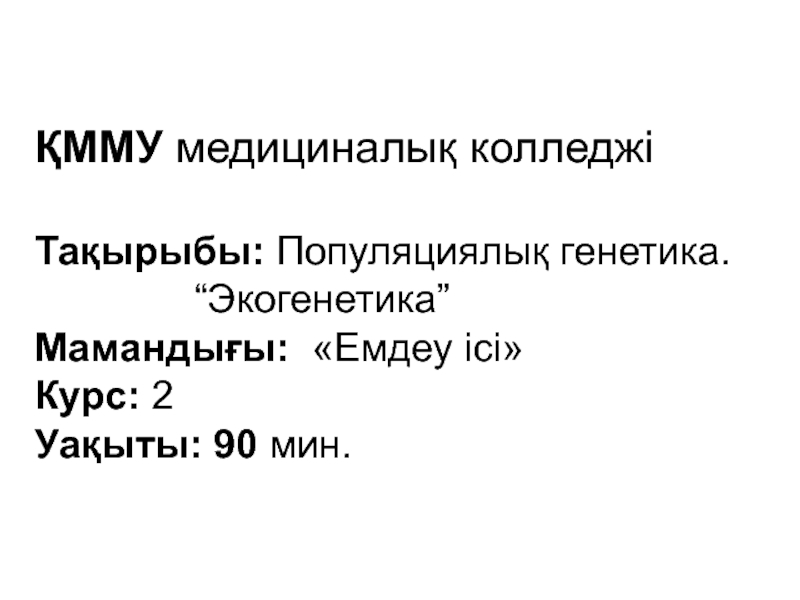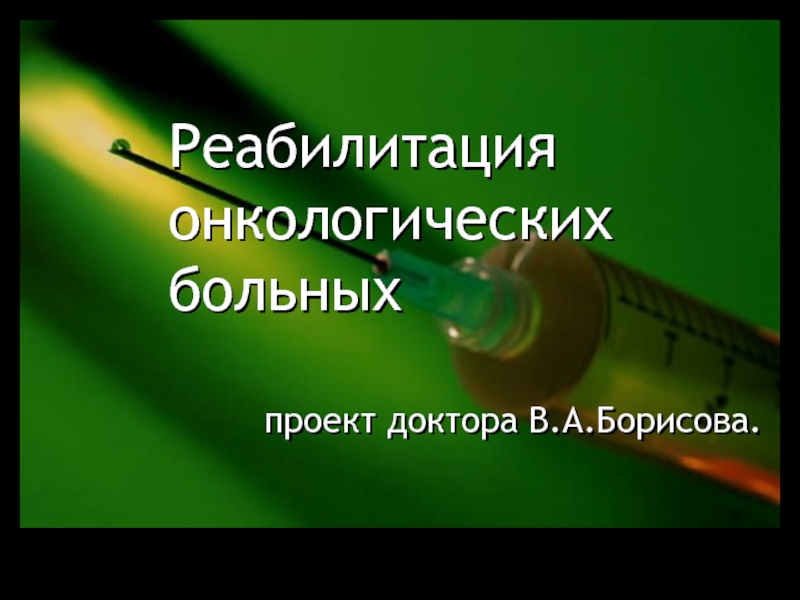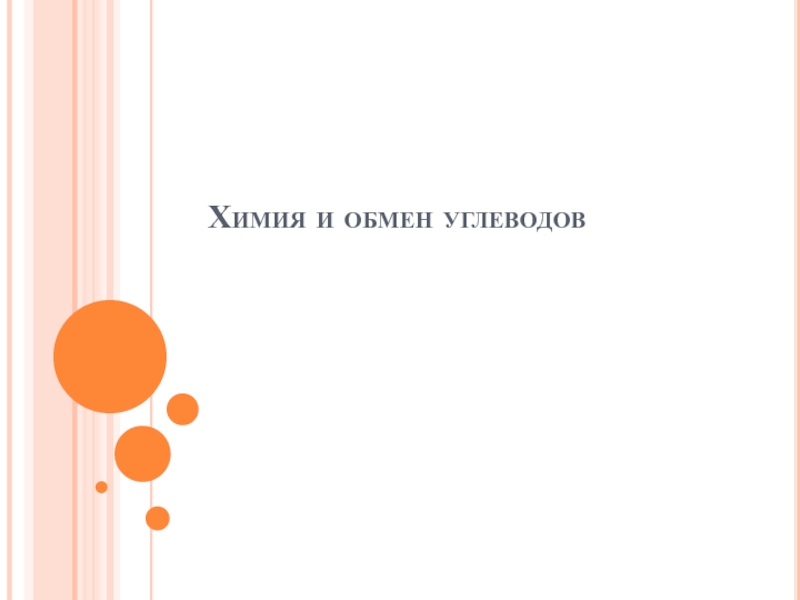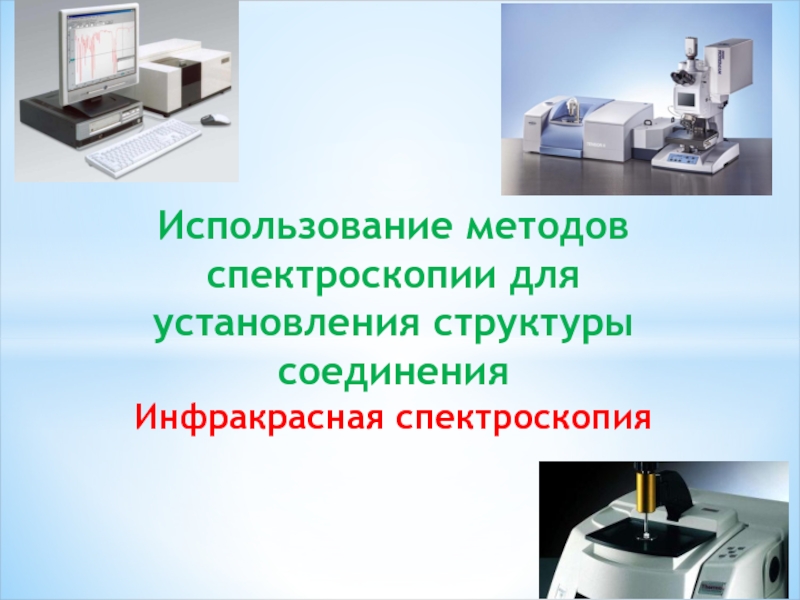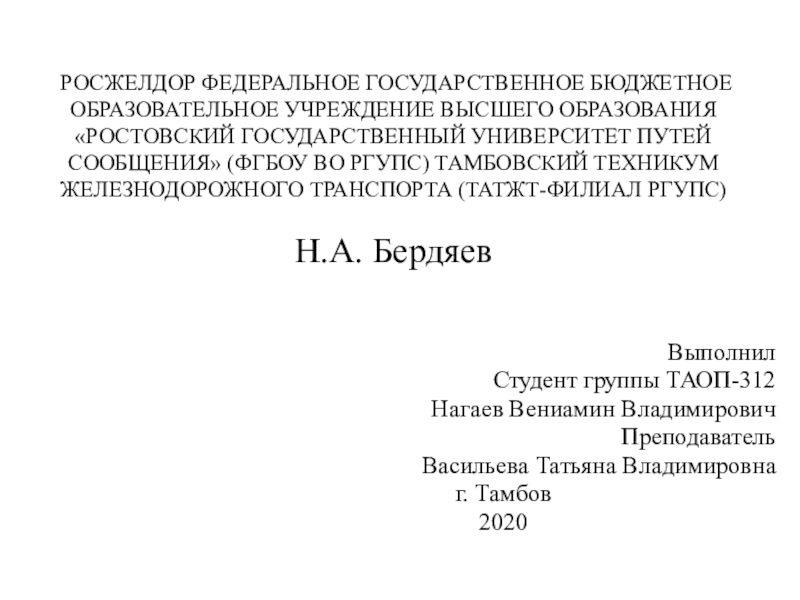Разделы презентаций
- Разное
- Английский язык
- Астрономия
- Алгебра
- Биология
- География
- Геометрия
- Детские презентации
- Информатика
- История
- Литература
- Математика
- Медицина
- Менеджмент
- Музыка
- МХК
- Немецкий язык
- ОБЖ
- Обществознание
- Окружающий мир
- Педагогика
- Русский язык
- Технология
- Физика
- Философия
- Химия
- Шаблоны, картинки для презентаций
- Экология
- Экономика
- Юриспруденция
UK Public Inquiry Law – Law, Practice, Justice and Culture
Содержание
- 1. UK Public Inquiry Law – Law, Practice, Justice and Culture
- 2. DedicationThe 72 victims of the Grenfell Tower
- 3. The Inquiry is intended to ensure similar
- 4. Scientific ObjectivesScience and the LawWhat is a
- 5. Active LearningNote taking (Active filtering / learning)Slide
- 6. Materials – on VK
- 7. Some aspects of Science and Law linked
- 8. ArchitectureScience and ArtTechnical and LegalTechnical and Legal
- 9. Hierarchy of Regulations1) PrinciplesActs of ParliamentGeneral –
- 10. British Standards – Practical Science and Research
- 11. Fire Escape - StairsWidths of StairsWidths of DoorsHow many people can escape per minute?
- 12. Flow Dynamics in Fire Making the StandardRegulations
- 13. The RealityThick SmokeZero visibilityMobility Impaired PeopleSingle Stairs means people escaping DOWN, whilst Firefighters are going UP
- 14. So far so good…..Much of what is
- 15. But if things go wrong… Badly WrongDisastersTragedies“Scandals”Questions
- 16. Some Recent Major Disasters subject to
- 17. InquiriesBritish State has a number of different
- 18. Some types of InquiryRoyal Commission – usually
- 19. 3 main questions for a Public InquiryWhat
- 20. Public Inquiries – Basic IdeasRegulated by
- 21. Examples 1 of 3 Hidden Report -
- 22. Examples 2 of 3 Fennell Report –
- 23. Nothing could explain why a few local
- 24. The trench effect is a combination of
- 25. Example 3 – Grenfell Tower14 June 2017
- 26. BackgroundGrenfell Tower was a 24-storey residential tower block in North
- 27. “Unprecedented”15 tonnes of remains on each floor – fingertip investigation, multi-agencies
- 28. Why is it so important to me?1990
- 29. Some Key Issues that were circulating in
- 30. Setting up the Grenfell Public InquiryThe Inquiry
- 31. Formal Documentation10 August 2017 – Sir Martin
- 32. Terms of ReferenceTo examine the circumstances surrounding
- 33. The ChairmanSir Martin Moore-BickRetired Court of Appeal
- 34. Two Phases to the InquiryChairman suggested the
- 35. “The second phase of the inquiry will
- 36. LFB CommissionerDany CottonCharismatic leader, well respected within
- 37. The EvidencePhase 1 – over 500,000 written
- 38. Expert Evidence - GenerallyAn expert witness is
- 39. Experts – Core DutiesThey must provide independent
- 40. Grenfell– the Dimensions of the Science under
- 41. Dr. J. Duncan GloverDr. Glover is reporting
- 42. Prof. Niamh Nic DaeidDr. Nic Daied is
- 43. Prof. Dr. Jose ToreroDr. Torero is reporting on the fire spread throughout the building.
- 44. Dr. Barbara LaneDr. Barbara Lane is reporting
- 45. Prof. Luke BisbyDr. Bisby is reporting on
- 46. Other Experts – work in progressProf. Anna
- 47. Prof. David Purser is reporting on the
- 48. Paul Hyett is reporting on the architectural
- 49. Steve McGuirk is reporting on the adequacy
- 50. UK law on Expert Evidence – and
- 51. The General Law on Experts – Courts
- 52. Characteristics of an ExpertThe conduct of an
- 53. The Ikarian ReeferReefer – a refrigerated cargo carrying ship
- 54. BackgroundThe “Ikarian Reefer”, was a seventeen year
- 55. A fire started in the engine room,
- 56. The Ikarian Reefer case came before the
- 57. “Hired Guns”It had of course been known
- 58. At first instance, the Court had to
- 59. Cresswell J – (Original Judge)“…a great deal
- 60. “Ikarian Reefer Guidelines” (7 of them)(1) Expert
- 61. (3) An expert witness should state the
- 62. (5) If an expert’s opinion is not
- 63. (6) If, after exchange of reports, an
- 64. AppealDefendants were successful in appeal, overturning the
- 65. “Finally, we wish to add this: although
- 66. A Very Sad CaseVan Oord UK Ltd
- 67. UK Court PracticeCentral to the appointment and
- 68. CPR Part 35 Experts and AssessorsOverriding requirement
- 69. ReportsThe real meat of expert evidence is
- 70. Courts PowersVitally, the Court has the power
- 71. Practice Direction 35Supplements CPR 35 - It
- 72. Imprint of the Ikarian Reefer Guidelines is
- 73. Professional Institutions in the UKArchitects, Engineers, Accountants
- 74. Expert Evidence – further readingArticle in Kutafin Law Review JournalSee VK Group page for a copy
- 75. Points for the LawyerPublic Inquiries – considered
- 76. Salmon - 6 PrinciplesIn 1966, Lord Salmon
- 77. Criticisms of Salmon and development of the
- 78. Criticisms of the Inquiries Act 2005According to
- 79. Other CriticismsAmnesty International has asked members of the
- 80. The Grenfell Inquiry Phase 1 ReportPublished 30
- 81. My opinion on the GT InquiryThe Community
- 82. Counsel to the Inquiry – Mr Millett
- 83. However, the Report no longer considers that
- 84. Principle Findings of the Phase 1 ReportBehailu
- 85. Major FindingsThe Chairman highlighted Dany Cotton's rhetorical
- 86. Principal Recommendations of the Phase 1 Inquiry
- 87. The information made available to fire and
- 88. Really?Read the report and see what you
- 89. Executive Summary ReportAs regards the Recommendations, the
- 90. Major Disasters in Russia? DiscussionHow are these
- 91. 25th December 2016
- 92. Personal ConclusionsIn my view - Public Inquiries
- 93. Justice…?Prosecution, Convictions, and Punishment for those who
- 94. Conclusion - Our Scientific Objectives today were:Science
- 95. Скачать презентанцию
Слайды и текст этой презентации
Слайд 1Charles Goddard,
Professor, Faculty of International Private Law, MGYuA
UK Public
Inquiry Law – Law, Practice, Justice and Culture
Слайд 2Dedication
The 72 victims of the
Grenfell Tower Disaster, the bereaved
and the “strong and vibrant community” of Grenfell
Who demand Justice,
Facts, and Recommendations from the Public Inquiry such that this never happens againСлайд 3The Inquiry is intended to ensure similar can never happen
again – to anybody
Never Forget - The Law is
about
People – 14 June 2017Слайд 4Scientific Objectives
Science and the Law
What is a Public Inquiry –
why do we have them?
Examples of Investigations combining Science and
LawClapham Railway Disaster
The King’s Cross Underground Station fire
The Grenfell Tower Fire and the (ongoing) Public Inquiry
Expert Evidence under UK law – both for inquiries and courts / arbitration
Conclusion
Слайд 5Active Learning
Note taking (Active filtering / learning)
Slide titles
Keywords / phrases
/ questions
No smartphones or computers, not even on the desk
– 50% reduction in cognitive abilityСлайд 7Some aspects of Science and Law linked to Grenfell
Architecture
Hierarchy of
Building Legislation
Fire Regulations
Cultural Differences
British Standards and Research
Fire Escape Stairs and
Fluid DynamicsThe “Stay Put” policy
Financial cuts to the London Fire Brigade Service
Flammable cladding and method of approval for Fire Regulations
Residents unhappy with the refurbishment and warning of impending disaster
Local and Central political intransigence
Слайд 9Hierarchy of Regulations
1) Principles
Acts of Parliament
General – Building Act 1984
Local
and Specialised – eg the London Building Act 1939
2) Specifics
The
Building Regulations 2000 – what you have to do3) Standard Approved Solutions, eg
- Approved Documents
- British Standards
- Product test Certificates
Слайд 12Flow Dynamics in Fire
Making the Standard
Regulations and Standards made from
Research and Experts setting minimum standards to be achieved
Making “Rules”
or “Principles to be followedСлайд 13The Reality
Thick Smoke
Zero visibility
Mobility Impaired People
Single Stairs means people escaping
DOWN, whilst Firefighters are going UP
Слайд 14So far so good…..
Much of what is around us
Cars
Cakes
Buildings
….are /
is “Regulated” or “Controlled”
Laws
Regulations – based on science and technology
Enforcement
– State or other Licensed AuthoritiesInspections
State bodies – Implementation, enforcement, prosecution
Слайд 15But if things go wrong…
Badly Wrong
Disasters
Tragedies
“Scandals”
Questions / Outraged Public
“What went
wrong?”
How could it happen in the 20th / 21st century
What
can we do to make sure it never happens again?”“Inquiries” held to get to the facts and make recommendations
Слайд 16Some Recent Major
Disasters subject to “Inquiries”
Aberfan – 21 October
1966. 116 children and 28 adults killed
Bloody Sunday – 30
January 1972 – 28 shot by British soldiers, 14 killedKings Cross Underground Fire - 18 November 1987 31 killed, 100 badly injured
Marchioness and Bowbelle - 20 August 1988 – collide on the River Thames at night. 51 people drowned
Clapham Railway disaster -12 December 1988 –. 2 trains collide, 38 killed and 484 injured
Grenfell Tower London - 14 June 2017 –, fire destroys a 24 storey residential building with 129 flats. Over 255 escape with injuries, 71 killed, one died later.
Слайд 17Inquiries
British State has a number of different “types” it can
use
Objectives
Ascertain and record Facts
Make recommendations
They are NOT Courts of Law
– but proceedings are legal and judicialThey are often conducted by senior Judges or other legal figures
In processes which are intended to be flexible yet robust
Which are held in Public
Слайд 18Some types of Inquiry
Royal Commission – usually used for investigating
Policy issues, needs to improve legislation or regulations following problems
Example.
The Salmon Commission into Inquiries 1966Transport Investigations – under different Transportation related Acts of Parliament
The Fennell Inquiry into the Kings Cross Fire
The Hidden Inquiry into the Clapham Railway Disaster
Public Inquiries
The Bloody Sunday Inquiries – Widgery 1972 and Saville 1998
The Grenfell Tower Inquiry – started September 2017
Слайд 193 main questions for a Public Inquiry
What happened?
Why did it
happen and who is to blame? (without apportioning liability)
What can
be done to prevent this happening again?All inquiries start by looking at what happened. They do this by collecting evidence, analysing documents and examining witness testimonies.
Inquiries then often draw on experts and policy professionals to help them form recommendations. These are intended to guide the Government and others to make the changes which will prevent recurrence.
Between 1990 and 2017 46 inquiries made 2,791 recommendations.
Слайд 20Public Inquiries –
Basic Ideas
Regulated by Legislation
Inquiries Act 2005
Inquiries Regulations
2006
Ordered by a Minister (or PM)
Under a Senior Judge, assisted
by Assessors and ExpertsBased on Terms of Reference (Technical Brief) to be set by the Minister
Core Participants – right to see all evidence and have state funded legal representation
“Salmon Letters” – where someone is to be criticised, chance to comment
Are not allowed to establish Criminal or Civil Liability
Chairman has extensive legal powers to summon
Flexible yet Robust Evidentiary management
Can be difficult to control outcome (political), and the time / cost
Culturally – crucial for the “Healing Process” and Confidence in the publicly stated conclusions.
Слайд 21Examples 1 of 3
Hidden Report - Clapham
Sir Anthony Hidden QC
Signalling
failures – issues of
workmanship, working practices, lack of inspections, organisational structure,Used electrical circuit models to run simulations
93 detailed recommendations
Held in Public, Report Published
Слайд 22Examples 2 of 3
Fennell Report – Kings Cross Fire
Desmond Fennell
QC
Fire cause, modes of spread,
management and management failures, London Underground and Emergency Services responses, management and auditing of safetyScientific investigation led to an entirely NEW form of Fire behavior being discovered – the “Trench” effect
137 detailed Recommendations
Held in Public, Report Published
Слайд 23Nothing could explain why a few local flames should suddently
explode with the force of a jet engine, blowing people
off their feet and destroying everything in its pathLed to Research on Scale Models
Слайд 24
The trench effect is a combination of circumstances that can
cause a fire to climb rapidly up an inclined surface.
It depends on two well-understood but separate ideas: the Coandă effect from fluid dynamics and the flashover concept from fire dynamics.The Coandă effect is the tendency of a fast-moving stream of air to deflect towards nearby surfaces. The fast-moving stream tends to experience a decrease in static pressure, which creates a pressure difference between those areas far from the wall and the wall itself. This bends the fast-moving stream towards the surface and tends to keep it attached to that surface.
Flashover is a sudden widespread spreading of fire, which occurs when the majority of surfaces in a space are heated to the point at which they give off flammable gases hot enough to ignite themselves.
The trench effect - when a fire burns next to a steeply-inclined surface. The flames lie down along the surface, (Coandă effect). The flames heat the material farther up: these emit gases, reach their auto-ignition temperature and then start burning, (flashover theory). The flames from these areas blow a jet of flame up to the end of the inclined surface. This jet is sustained until the fuel is exhausted.
Coanda effect on an inclined surface and Flashover = Trench Effect
Слайд 26Background
Grenfell Tower was a 24-storey residential tower block in North Kensington, London, England.
It was completed in 1974.
The concrete structure's top 20 storeys consisted of
120 flats, with a total of 200 bedrooms. Its first four storeys were nonresidential until its most recent refurbishment in 2015–2016, which converted two of them to residential use, bringing it up to 127 flats and 227 bedrooms.
It also received new plastic framed windows and new cladding with thermal insulation
The fire seriously damaged the building on 14 June 2017, causing the deaths of 72 of the 293 people who were believed to be in the 129-flat tower that night.
Слайд 28Why is it so important to me?
1990 – Refurbishment and
overcladding of Clare House, Bow London. 22 Storey towerblock, single
staircase, 2 liftsСлайд 29Some Key Issues that were circulating in the media in
the days after the Fire
The “Stay Put” policy – stay
in your flat and the Brigade will rescue youCuts to the Fire Brigade - were there enough resources available
High Rise Access Platforms – nothing that could reach high enough
Helicopters – why no rescue from the roof of the building, and why no water dropped from above to put out the fire
Residents warning of poor quality workmanship, rubbish and gas pipes in the public staircase
Слайд 30Setting up the Grenfell Public Inquiry
The Inquiry was first mentioned
on the 15 June 2017, formally announced on 22 June
2017, and Martin Moore-Bick named on 29 June 2017,He met with residents the same day. Also on 29 June, after Moore-Bick had met some survivors of the tragedy at the site of the fire in North Kensington that day, he said that he was "doubtful" that the process would be as wide-ranging as some residents hoped and that the inquiry could be limited to the cause, how the fire spread, and the prevention of future fires.
On 5 July, the Inquiry team invited "all those affected by the Grenfell Tower fire and others with an interest" "to help shape the work of the public Inquiry". For the first time, submissions were requested. I submitted a 5 page document
It issued a consultation document which stated that the Inquiry will need to examine "circumstances well beyond the design, construction and modification of the building itself", including "the role of relevant public authorities and contractors", "the adequacy and enforcement of relevant regulations", "the arrangements in place locally for handling emergencies of this sort," and "the handling of concerns previously expressed by local residents.“
The deadline for consultation on the terms of reference had initially been 14 July, but was extended to 4 August.
Слайд 31Formal Documentation
10 August 2017 – Sir Martin writes to the
PM with recommendations for the Terms of Reference
15 August 2017
– the PM writes to Sir Martin agreeing his recommendations unconditionallyBoth are in the VK page
The Terms of Reference are:…….
Слайд 32Terms of Reference
To examine the circumstances surrounding the fire at
Grenfell Tower on 14 June 2017, including:
(a) the immediate cause
or causes of the fire and the means by which it spread to the whole of the building;(b) the design and construction of the building and the decisions relating to its modification, refurbishment and management;
(c) the scope and adequacy of building regulations, fire regulations and other legislation, guidance and industry practice relating to the design, construction, equipping and management of high-rise residential buildings;
(d) whether such regulations, legislation, guidance and industry practice were complied with in the case of Grenfell Tower and the fire safety measures adopted in relation to it;
(e) the arrangements made by the local authority or other responsible bodies for receiving and acting upon information either obtained from local residents or available from other sources (including information derived from fires in other buildings) relating to the risk of fire at Grenfell Tower, and the action taken in response to such information;
(f) the fire prevention and fire safety measures in place at Grenfell Tower on 14 June 2017;
(g) the response of the London Fire Brigade to the fire; and
(h) the response of central and local government in the days immediately following the fire;
and
2. To report its findings to the Prime Minister as soon as possible and to make recommendations.
Слайд 33The Chairman
Sir Martin Moore-Bick
Retired Court of Appeal Judge, and highly
respected QC
Widely criticised for being white, “establishment figure”, “not one
of us”, “overly legalistic”, “out of touch”Received a very hostile response from the bereaved and survivors and community
Слайд 34Two Phases to the Inquiry
Chairman suggested the ToRs to the
PM following the consultation, which were accepted, using his skill
and judgement to give himself “leeway”Opening Statement (14 Sept 2017) – “The terms of reference are deliberately cast in broad terms in order to give me scope to pursue whatever lines of inquiry seem likely to be fruitful”…”
“I propose to conduct the inquiry in two phases. In the first phase I shall investigate the development of the fire itself, where and how it started, how it spread from its original seat to other parts of the building and the chain of events that unfolded during the course of the hours before it was finally extinguished….”
Слайд 35“The second phase of the inquiry will examine on a
broad front how the building came to be so seriously
exposed to the risk of a disastrous fire. That will involve an investigation into the design of the building, its modification from time to time over previous years, the decisions relating to design and construction that were made in connection with each of those modifications and the reasons for those decisions.”“As part of the second phase, I shall also examine the response to the disaster and the steps taken in the days immediately following the fire to provide food, shelter and other basic amenities to those whose homes had been destroyed and who had lost everything”
Слайд 36LFB Commissioner
Dany Cotton
Charismatic leader, well respected within LFB
Evidence to the
Inquiry was widely thought to be “surprising”
The Phase 1 Report
was very critical of her and her management and leadershipСлайд 37The Evidence
Phase 1 – over 500,000 written documents – eg
witness statements, call records, operational logbooks – estimated 2 million
pagesExpert Reports to help the Chairman with Technical Matters
Hearings – Oral testimony over 212 Public Hearings
Grenfell Tower Inquiry Website - All documents and all video testimony
https://www.grenfelltowerinquiry.org.uk
Video Evidence was also live streamed, and all hearings are also on You Tube
https://www.youtube.com/channel/UCMxYjfZsqLa8DanN0r2eNJw/videos
Слайд 38Expert Evidence - Generally
An expert witness is a person who
is called to give an opinion on matters which call
for expert skill and knowledge. Their role is to provide technical analysis and expertise, which will assist the Inquiry in delivering its Terms of Reference.It is an OPINION – the only time that Opinions are permissible as Evidence.
Its purpose is to help the Court – or Inquiry – establish facts, or likeliehood of facts, on technical matters and reach conclusions.
Therefore, Experts have to reach a very high standard and their duty is to the Court.
Слайд 39Experts – Core Duties
They must provide independent opinions confined to
matters within their field;
owe the Inquiry a duty to exercise
reasonable care and skill; must comply with any relevant professional code of ethics;
should take into account all relevant facts including any which might detract from their opinions and they should set out relevant facts and any literature or material upon which they rely;
should indicate whether any opinion they express is provisional or qualified and whether any additional information is required; and
should inform the Inquiry if they change their opinion on any relevant matter.
Слайд 40Grenfell– the Dimensions of the Science under investigation
Dr Barbara Lane,
a fire safety engineer from Arup
Colin Todd, a fire safety
consultant from CS Todd & Associates LtdProfessor David Purser, from Hartford Environmental Research
Professor Edwin Galea, Professor of Mathematical Modelling at the University of Greenwich
Dr Ivan Stoianov, Senior Lecturer in Water Systems Engineering at Imperial College London
Dr J. Duncan Glover, from Failure Electrical LLC
Professor José L. Torero, Director of the Center for Disaster Resilience, University of Maryland, USA
Professor Luke Bisby, Professor of Fire and Structures at the University of Edinburgh
Professor Niamh Nic Daeid, from the Centre for Anatomy and Human Identification, University of Dundee
Rodney Hancox, Director, Gas Distribution Solutions Ltd.
Steve McGuirk, former Chief Fire Officer of Greater Manchester,
Слайд 41Dr. J. Duncan Glover
Dr. Glover is reporting on the assessment
of the electrical fire origin in Flat 16 within the
area of fire origin established by other investigators.Слайд 42Prof. Niamh Nic Daeid
Dr. Nic Daied is reporting on the
cause and spread of the fire in the flat of
origin and the spread of fire within and out of that compartment.Слайд 44Dr. Barbara Lane
Dr. Barbara Lane is reporting on the fire
protection measures within the building and preliminary conclusions on the
extent to which they failed to control the spread of fire and smoke and contributed to the speed at which the fire spread.Слайд 45Prof. Luke Bisby
Dr. Bisby is reporting on the ignition of
the façade materials (including the cladding and insulation) and the
fire spread over the building’s external façade.Слайд 46Other Experts – work in progress
Prof. Anna A. Stec is
reporting on the fire derived toxicants and related deposits present
in the Tower and their origins,Beryl Menzies is reporting on the application for building control approval in relation to the refurbishment of Grenfell Tower and whether the steps taken by all the relevant parties complied with the relevant legislation, regulations and guidance.
Colin Todd is reporting on the different statutory and regulatory requirements in force over the lifetime of Grenfell Tower and the adequacy of fire risk assessments in the case of Grenfell Tower including those carried out pursuant to the Regulatory Reform (Fire Safety) Order 2005.
Слайд 47Prof. David Purser is reporting on the production of toxic
gases in fires similar to that at Grenfell Tower and
the consequences of inhaling toxic gases in such circumstances; the likely causes of incapacitation and death at Grenfell Tower;Prof. Edwin Galea is reporting on the fire spread over the external façade of the building, fire and smoke spread throughout the building, fatality modelling and evacuation modelling.
Dr. Ivan Stoianov is reporting on the sufficiency of water supply and water pressure to Grenfell Tower for the purpose of providing water to allow the London Fire Brigade to effectively fight the fire on 14 June 2017.
Слайд 48Paul Hyett is reporting on the architectural design in relation
to the refurbishment of Grenfell Tower, including: the choice of
materials; the development of the design; compliance with legislation and regulations; and the quality of the workmanship.Rodney Hancox is reporting on the legislation, regulations, guidance and industry practice relevant to the gas supply to and within Grenfell Tower and the extent to which the presence of gas contributed to the spread of the fire and to the conditions inside Grenfell Tower on the night of 14 June 2017.
Слайд 49Steve McGuirk is reporting on the adequacy of the London
Fire Brigade's inspections, risk assessments, procedures and training, the fire-fighting
response on the night of 14 June 2017 and recommendations for any changes to training and practice in response to similar incidents.Roger Howkins, is reporting on relevant legislation and guidance for fire lifts and firefighting lifts and whether the lift in Grenfell Tower as installed/refurbished were compliant; if the Tenant Management Organisation’s policy on firefighting lifts complied with the relevant standards; If not, to what extent did they fail to comply and what impact would this have had on their functionality; If the lifts were maintained to an appropriate standard and in compliance with the relevant standards and industry practice; and how the lifts performed on the night of the fire and reasons for any failure to perform?
Слайд 50UK law on Expert Evidence – and international expectations -
generally
Critical area for international lawyers to understand
Inquiry Expert Evidence follows
these standardsHow to set it up
How to challenge it
Слайд 51The General Law on Experts – Courts and Arbitration
Common law
jurisdictions to see party appointed experts
Civil law jurisdictions for the
opposite situation, a single Court appointed expert. International Arbitrations, the overriding prevalence appears to be for parties to appoint their own party selected and appointed experts – even when the party or parties are from a civil law jurisdiction background – WHY???
Prevalence of technically complicated matters requiring expert assistance to understand / resolve ???
Слайд 52Characteristics of an Expert
The conduct of an expert, to whom
he owes a duty, and the content of his evidence
are often referred back to the case of the “Ikarian Reefer”Regularly quoted as the guidelines for good practice for an expert witness.
Useful fact - Most cases involving shipping are referred to by the name of the ship, providing a useful aide-memoire.
Слайд 54Background
The “Ikarian Reefer”, was a seventeen year old refrigerated cargo
ship. It ran aground on well known shifting underwater shoals
at Sherbro Island off the coast of Sierra Leone on the 12th of April 1985These shoals appeared on all Charts, including on the ship
The Master (Captain) was navigating himself, and the ship was inexplicably close to the shoals
Слайд 55A fire started in the engine room, which spread so
quickly that the Master ordered the ship to be abandoned.
The crew was rescued by a Yugoslavian freighter with whom it had been communicating for some two hours previously, fortunately with no loss of life.
A maritime insurance investigation led to the surprise discovery of an open valve in a diesel oil line in the engine room. This seemed suspicious, and there was a strong possibility that the fire had in fact been started deliberately, after the ship had been deliberately run aground.
The ship’s owners subsequently claimed their maritime insurance, which in the light of the suspicious circumstances, was contested by the insurers. The insurers considered the grounding and fire to have been deliberate, all with the inferred approval of the owners.
Слайд 56The Ikarian Reefer case came before the British Courts three
times. It did so at first instance in a hearing
lasting 82 days, and later at appeal in a hearing lasting some 30 days or so, (and a third time on a question of jurisdiction as to costs, but irrelevant to the topic of this lecture.The first two judgments are worth reading in full, not just for the interesting facts of the case, but more importantly to appreciate an example of technical expert evidence and the reasons for the comments and decisions of the Judges.
Both are easily available on the internet.
National Justice Compania Naviera SA v Prudential Assurance Co Ltd (“The Ikarian Reefer”) [1993] 2 Lloyds Rep 68. Queen’s Bench Division (Commercial Court), before Cresswell J.
National Justice Compania Naviera SA v Prudential Assurance Co Ltd (“The Ikarian Reefer”) [1995] 1 Lloyds Rep 455, Court of Appeal (Civil Division), before Stuart-Smith, Farqharson, Evans LJJ
National Justice Compania Naviera SA v Prudential Assurance Co Ltd (“The Ikarian Reefer” (No.2)) (2000) 1 Lloyds Rep 129 Court of Appeal. [2000] 1 Lloyd's Rep. 129
Слайд 57“Hired Guns”
It had of course been known for some considerable
time that a party appointed expert can inadvertently, negligently, or
even deliberately present evidence to a Tribunal which favours the party which has appointed them.Such an expert is often referred to as a “hired gun” – especially where the party (or their legal team) has had an influencing role upon their evidence. The Ikarian Reefer case was the culmination (some might say the expiry of patience) for the British judiciary of a long list of cases where experts and their evidence had been found wanting.
Слайд 58At first instance, the Court had to decide, on the
facts of the case and the expert evidence which was
presented, if the defendants (the Insurers) had proved to the relevant standard that the Ikarian Reefer had in fact been deliberately set on fire with the connivance - the knowledge and encouragement - of the owners.At first instance, the insurers failed to do so.
Слайд 59Cresswell J – (Original Judge)
“…a great deal of time was
taken up by expert evidence, particularly as to the cause
of the fire. Although this was in part due to the complexity of certain of the evidence, other factors contributed to the unnecessary length of the trial. By way of example, about seven days were spent as to the heating the valve mechanism (sic) put forward by Professor Dover on behalf of the defendants. This mechanism was not pursued in the defendant’s closing submissions.”“I will refer to some of the duties and responsibilities of experts in civil cases because I consider that a misunderstanding on the part of certain of the expert witnesses in the present case as to their duties and responsibilities contributed to the length of the trial”.
Слайд 60“Ikarian Reefer Guidelines”
(7 of them)
(1) Expert evidence presented to the
Court should be, and should be seen to be, the
independent product of the expert uninfluenced as to form or content by the exigencies of litigation (Whitehouse v Jordan, [1981] 1 WLR 246 at p 256, per Lord Wilberforce).(2) An expert witness should provide independent assistance to the Court by way of objective unbiased opinion in relation to matters within his expertise (see Polivitte Ltd v Commercial Union Assurance Co Plc, [1987] 1 Lloyd's Rep 379 at p 386 per Mr Justice Garland and Re J, [1990] FCR 193 per Mr Justice Cazalet). An expert witness in the High Court should never assume the role of an advocate.
Слайд 61(3) An expert witness should state the facts or assumption
upon which his opinion is based. He should not omit
to consider material facts which could detract from his concluded opinion (Re J sup).(4) An expert witness should make it clear when a particular question or issue falls outside his expertise.
Слайд 62(5) If an expert’s opinion is not properly researched because
he considers that insufficient data is available, then this must
be stated with an indication that the opinion is no more than a provisional one (Re J sup). In cases where an expert witness who has prepared a report could not assert that the report contained the truth, the whole truth and nothing but the truth without some qualification, that qualification should be stated in the report (Derby & Co Ltd and Others v Weldon and Others, The Times, Nov 9, 1990 per Lord Justice Staughton).Слайд 63(6) If, after exchange of reports, an expert witness changes
his view on a material matter having read the other
side's expert’s report or for any other reason, such change of view should be communicated (through legal representatives) to the other side without delay and when appropriate to the Court.(7) Where expert evidence refers to photographs, plans, calculations, analyses, measurements, survey reports or other similar documents, these must be provided to the opposite party at the same time as the exchange of reports (see 15.5 of the Guide to Commercial Court Practice).
Слайд 64Appeal
Defendants were successful in appeal, overturning the previous decision of
Mr Justice Cresswell.
The full judgement includes observations on Experts
and the unreasonable extents to which their evidence can go. For example, there were two expert maritime captains, working from two very different maritime navigation chartsCalculations which were needed to place the vessel at locations supportive of the two parties’ different contentions – and assist the court in deciding between the two, were apparently largely irrelevant. The Lead Judgement makes the comment:
“….it is not clear why so much time and energy was directed towards the minutiae of these different calculations. Many approximations and uncertainties are involved, and any conclusion as to the likely position of the vessel at 1914 / 1935 must necessarily be subject to a considerable margin of error…... the parties seem to have become more intent on winning the battle of the experts than on establishing the facts upon which their respective cases were based…”
Слайд 65“Finally, we wish to add this: although we have criticised
the Judge's approach and disagreed with his conclusions, it is
only right to say that we have considerable sympathy for him. He was overwhelmed by a plethora of expert evidence. Much of it was of little or no assistance; the immense amount of detail and technical complexity can only have deflected him from the essential facts of the case.”Courts and Tribunals are not assisted by Experts who overwhelm them with an overabundance of unnecessary evidence
Слайд 66A Very Sad Case
Van Oord UK Ltd & Anor v
Allseas UK Ltd [2015] EWHC 3074 (TCC)
The case involved delays
to contract works for the laying of a 30 inch gas export pipeline off the coast of Shetland. Allseas UK Ltd were the lead contractor for Total, and the Claimants were subcontractors to Allseas. A large part of the dispute involved quantum analysis – “how much is it worth” type of expert evidence of a form often seen in construction and engineering disputes, very often in conjunction with assessment of delays to the contracted programme.The Judge gave no less than twelve detailed reasons why the evidence of the Claimant’s expert was, in his view, “wholly worthless”
Слайд 67UK Court Practice
Central to the appointment and use of experts
are the provisions of The Civil Procedure Rules (CPR). These
are a unified system of Rules for Civil cases used in the UK Court of Appeal, High Courts, and County Courts. The UK Supreme Court has its own Rules SI 1998 No, 3132 (l.17), as subsequently amendedThe overriding principles are contained in the CPR Parts 1.1 and 1.2:
1.1
(1) These Rules are a new procedural code with the overriding objective of enabling the court to deal with cases justly and at proportionate cost.
(2) Dealing with a case justly includes, so far as is practicable –
(a) ensuring that the parties are on an equal footing;
(b) saving expense;
(c) dealing with the case in ways which are proportionate –
(i) to the amount of money involved;
(ii) to the importance of the case;
(iii) to the complexity of the issues; and
(iv) to the financial position of each party;
(d) ensuring that it is dealt with expeditiously and fairly; and
(e) allotting to it an appropriate share of the court’s resources, while taking into account the need to allot resources to other cases.
1.2
The court must seek to give effect to the overriding objective when it –
(a) exercises any power given to it by the Rules; or
(b) interprets any rule.
Слайд 68CPR Part 35 Experts and Assessors
Overriding requirement upon the Court
to restrict the expert evidence to that which is reasonably
required to resolve the proceedings (Rule 35.1)The overriding duty of an expert providing such evidence is to assist the Court as regards matters within their expertise is explicitly stated, clearly stating that it overrides any obligation to a person from whom they have received instructions or from whom they have received payment (Rule 35.3)
Expert evidence cannot be introduced without the Court’s permission and when applying for that permission an indication of the likely costs is required (Rule 35.4)
Слайд 69Reports
The real meat of expert evidence is the Report which
the expert prepares and submits.
This is covered by Rule
35.10, and CPR Practice Direction 35. For example, as regards format, it must contain a signed Declaration by the expert that he has understood and complied with their duty to the Court.
It must contain details of all instructions (written and oral).
Such Reports can be disclosed voluntarily by a party to the other side, or the Court if it sees fit can order such Disclosure. The normal position is that such Reports are shared, simply because their contents are fundamental to the dispute to be resolved.
Слайд 70Courts Powers
Vitally, the Court has the power to issue Directions
for discussions and meetings between experts to agree their evidence
as much as possible,and when not possible to identify clearly for the Court what is not agreed and why.
Interestingly, an expert’s overriding Duty to the Court is mirrored by the Court’s supportive powers to the expert- for example, he can apply to the Court for Directions for the purposes of assistance to carry out his functions.
Слайд 71Practice Direction 35
Supplements CPR 35 - It covers general requirements,
form and content of report, information, instructions, questions to experts,
discussions between experts and much moreGeneral requirements are covered in Paragraph 2.1 et seq.
2.1 Expert evidence should be the independent product of the expert uninfluenced by the pressures of litigation.
2.2 Experts should assist the court by providing objective, unbiased opinions on matters within their expertise, and should not assume the role of an advocate.
2.3 Experts should consider all material facts, including those which might detract from their opinions.
2.4 Experts should make it clear –
(a) when a question or issue falls outside their expertise; and
(b) when they are not able to reach a definite opinion, for example because they have insufficient information.
2.5 If, after producing a report, an expert’s view changes on any material matter, such change of view should be communicated to all the parties without delay, and when appropriate to the court.
Слайд 72Imprint of the Ikarian Reefer Guidelines is clear
Para 3.6 is
interesting:
deals with the situation where a range of opinion exists
on matters in the Report. An expert, faced with this situation is obliged to summarise the range of opinions, and give reasons for the opinion which he holds. An interesting field of discussion must be on what are reasonable limits in such circumstances when discussing range of opinions – especially as it will relate to issues of time and cost. In the case of the “Ikarian Reefer” one of the possibilities for the open diesel line tap was vibration from gears and engine – surely reasonable in the case of a maritime engine room.
Finally there is a requirement for a signed Statement of Truth
Слайд 73Professional Institutions in the UK
Architects, Engineers, Accountants – able to
gain Membership by Examinations (set by the Institute) – protecting
the public by high standards and public accountability / codes of conductExpert Evidence and Report writing form part of the Professional Practice syllabus for the final Chartership examinations of a number of UK Professional Institutions, members of which may reasonably expect to find themselves at some point in their career being asked to provide expert evidence.
Слайд 74Expert Evidence – further reading
Article in Kutafin Law Review Journal
See
VK Group page for a copy
Слайд 75Points for the Lawyer
Public Inquiries – considered so important that
Core Participants receive State Funding for Counsel
No Civil of Criminal
liability can be established (by law) – but the Chair can make strong comments and criticisms.Protection against Contamination of evidence for future trials – reason for the Memorandum of Understanding with the Met (See VK Group for information)
Слайд 76Salmon - 6 Principles
In 1966, Lord Salmon chaired a Royal
Commission on Tribunals of Inquiry following dissatisfaction with procedural aspects
of Lord Denning’s inquiry into the Profumo affair, under the then Tribunals and Inquiries Act 1921Before any person becomes involved in an inquiry, the tribunal must be satisfied that there are circumstances which affect them and which the tribunal proposes to investigate.
Before any person who is involved in an inquiry is called as a witness, they should be informed of any allegations made against them and the substance of the evidence in support of them.
They should be given an adequate opportunity to prepare their case and of being assisted by legal advisers and their legal expenses should normally be met out of public funds.
They should have the opportunity of being examined by their own solicitor or counsel and of stating their case in public at the inquiry.
Any material witnesses they wish to call at the inquiry should, if reasonably practicable, be heard.
They should have the opportunity of testing by cross-examination conducted by their own solicitor or counsel any evidence which may affect them.
Слайд 77Criticisms of Salmon and development of the modern process
These principles
led to Inquiries themselves becoming more like trials, than inquisitorial
investigations – delay, legal niceties etc – these were noted, and further changes madeLed to the development of the process we have now where the Chairman is fully in control of procedure, acting independently, subject only to a legal requirement to act fairly.
So called “Salmon Letters” (early communication to participants who are subject to be criticised, to allow them to make comment) – but the process is streamlined, and no new evidence can be adduced to give them a “second bite at the cherry”. (See Phase 1 Report comments on this)
Слайд 78Criticisms of the Inquiries Act 2005
According to the Department for Constitutional
Affairs, the Act "is designed to provide a framework under
which future inquiries, set up by Ministers into events that have caused or have potential to cause public concern, can operate effectively to deliver valuable and practicable recommendations in reasonable time and at a reasonable cost.“Once set up though, there is little control over costs.
Grenfell Inquiry so far has cost over 40m GBP projected to exceed 120m GBP by the end of Phase 2
Слайд 79Other Criticisms
Amnesty International has asked members of the British judiciary not
to serve on any inquiry held under the Act, as
they contend that "any inquiry would be controlled by the executive which is empowered to block public scrutiny of state actions.“ –Fair point, but so far NO EVIDENCE WHATSOEVER FOR THIS IN THE GRENFELL INQUIRY
The InquiriesAct repealed the entirety Tribunals of Inquiry (Evidence) Act 1921 which had allowed Parliament to vote on a resolution establishing a tribunal that had "all such powers, rights, and privileges as are vested in the High Court" and placed the power solely under the control of a Minister.
This should be brought back to enable any Inquiry to be INDEPENDENT of the Government (Executive)
Слайд 80The Grenfell Inquiry Phase 1 Report
Published 30 October 2019
4 Volumes,
plus an Executive Summary Report
(Executive Summary in 15 other
languages)12 minute Video Statement y the Chairman
Main Report, and Video Statement are in the VK Group
Слайд 81My opinion on the GT Inquiry
The Community – mostly immigrants,
many Muslims, some speaking poor (or no English) saw the
Chairman as being an old, white, Establishment figure who would not be “on their side” against the StateHe was on nobody’s side – his Opening Statement (worth watching) clearly set out his determination to get to the truth.
He has done a superb job
The conduct of the Hearings shows how a real Judge works in an Inquisitorial role
Plus, incredible patience and sensitivity to the Victims, as well as the Firefighters who risked their lives, who often broke“rules” to do so, and were deeply traumatised by the experience
Слайд 82Counsel to the Inquiry – Mr Millett QC – complete
mastery of the complex evidence, and deeply sensitive questioning
A Report
of quite breathtaking detail, clearly writtenRecommendations were made ONLY after consulting with the Expert Witnesses – clearly very well considered
All evidence was on the website on the day it was given – written and oral (video).
Messages to the Inquiry Team – responses usually within 24 hours
Слайд 83However, the Report no longer considers that Staircase widths are
a significant factor meriting investigation (paragraph 34.16) – because the
evidence shows they met the widths required by legislationFor reasons Ive given before, I strongly disagree. Ive written to the Chairman with my detailed technical comments on this, and am seeking to get a number fo the Chief Fire Officers in the UK to also consider this point
Слайд 84Principle Findings of the Phase 1 Report
Behailu Kebede, in whose
fourth floor flat the fire started, was not at fault.
The
principal reason the fire spread was the aluminium composite cladding filled with plastic used on the building exterior.Firefighters showed “courage and devotion to duty” and 999 call operators were “unstinting” in their efforts to help trapped residents.
Incident commanders were not trained to cope with the fire and there was no contingency plan for evacuation.
The LFB failed to lift the “stay put” advice when the stairs remained passable, which cost lives.
The brigade suffered “significant systemic failings”.
Communications systems failed and there were serious deficiencies in command and control.[62]
Pictures transmitted on the night of Grenfell could not be viewed by the LFB because the encryption was incompatible with its receiving equipment.[63]
Слайд 85Major Findings
The Chairman highlighted Dany Cotton's rhetorical question “It’s all
very well saying ‘get everybody out’, but then how do
you get them all out?”,Saying that it demonstrated that the London Fire Brigade had never considered that question before the night of the fire – breach of statutory obligation
Systematic failings of the London Fire Brigade and “serious risk” of it not learning from its mistakes
Слайд 86Principal Recommendations of the Phase 1 Inquiry Report
46 Recommendations (Chapter
33), including
A law requiring owners and managers of high-rise residential
buildings to provide their local fire and rescue service with information about external wall materials and building plans.Fire brigade inspections of high-rise buildings to be improved and crews trained to carry out more thorough risk evaluations. Regular inspections of lifts intended to be used by firefighters are needed.
Communications between fire brigade control rooms, where emergency calls are received, and incident commanders must improve and there must be a dedicated communication link.
Government should develop national guidelines for carrying out partial or total evacuations of high-rise residential buildings.
Fire doors in all multi-occupancy, residential properties should be urgently inspected.
Improvements should be made to the data links provided by helicopters of the National Police Air Service
Слайд 87
The information made available to fire and rescue services about
the materials and methods of construction used in the external
walls of high-rise residential buildings.The arrangements made by the LFB to discharge its duties under section 7(2)(d) of the Fire and Rescue Services Act 2004.
The availability of plans of high-rise residential buildings to local fire and rescue services and the provision of premises information boxes in high-rise residential buildings.
The regular inspection and testing of lifts designed for use by firefighters.
Communication between the LFB control room and the incident commander.
The way in which fire and rescue services handle emergency calls.
The LFB’s command and control procedures and use of resources, in particular the capture of information from crews returning from deployments and the sharing of information between the LFB control room, the incident commander and the bridgehead.
The communication equipment available to the LFB for use by crews deployed in firefighting and rescue operations in high-rise buildings.
The evacuation of high-rise residential buildings, including the provision of equipment enabling firefighters to send an evacuation signal to the whole or a selected part of the building.
The provision of fire safety information to residents of high-rise residential buildings and the marking of floor levels in lobbies and staircase landings.
The inspection of fire doors and self-closing devices.
Aspects of co-operation between the emergency services.
Слайд 88Really?
Read the report and see what you think.
I have, and
I think she is wrong – absolutely wrong
Слайд 89Executive Summary Report
As regards the Recommendations, the Chairman says
“Chapter 33
does not lend itself to being summarised. It should be
read in full, because it sets out my recommendations in detail and explains the basis on which they are being made (or in some cases why certain recommendations are not being made). In summary, however, I make recommendations for change in relation to the following matters” (see VK Group for Ch 33 on its own)Слайд 90Major Disasters in Russia?
Discussion
How are these investigated?
In public?
Examination of witnesses
by other interested parties is allowed?
Interested persons – “Core participants”
– are they funded b the State to employ lawyers and experts to review and challenge evidence?Recommendations made?
Scientific research conducted to examine possible factors?
Reports published?
Слайд 92Personal Conclusions
In my view - Public Inquiries are a good
thing
Transparency – fully held in Public, allowing press coverage and
public debateFact Finding
Part of a “healing process” after a major tragedy
Recommendations are made
Implementation of Technical and Legal points following Recommendations
Scientifiс and Technical investigations as necessary to support findings – sometimes finding new methods of failure which lead to practical changes (eg Kings Cross Fire)
Perfect example of the interaction of science, rulemaking and practice
But there are still improvements which can be made to address the true nature of independent, inquisitorial scrutiny.
Слайд 93Justice…?
Prosecution, Convictions, and Punishment for those who are guilty of
criminal acts that led to the disaster
Making sure it can’t
happen again – approximately 650 similarly overclad buildings existChanges in Fire Regulations and Enforcement
Better disaster management response
Social and political changes – especially for less wealthy citizens. Real public service by public servants
Слайд 94Conclusion - Our Scientific Objectives today were:
Science and the Law
– looked at its interfaces - Done
What is a Public
Inquiry – why do we have them? - DoneExamples of Investigations combining Science and Law
Clapham Railway Disaster
The King’s Cross Underground Station fire
The Grenfell Tower Fire and the (ongoing) Public Inquiry
Expert Evidence under UK law – both for inquiries and courts / arbitration - Done
Grenfell Inquiry Phase 1 Reports, and other Reports too – in the VK Group for you to read - Provided
Some areas of law you might now have known about - Done
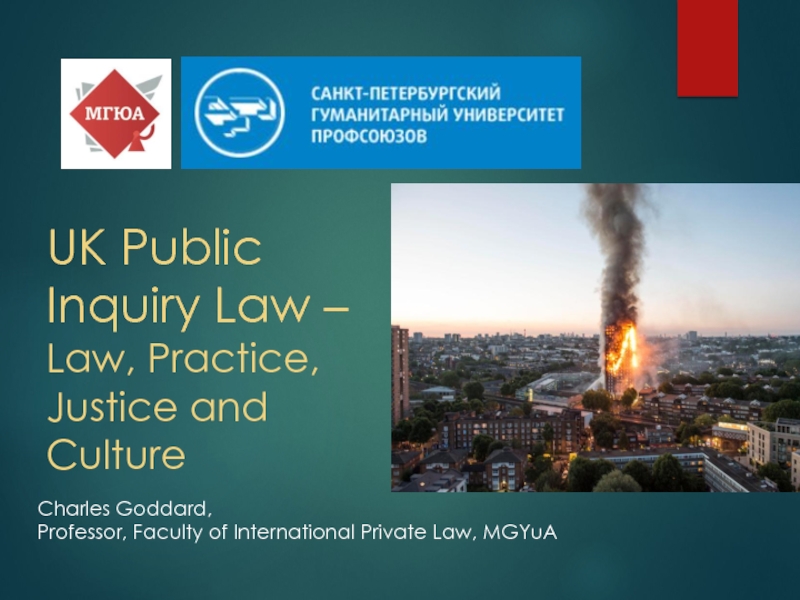
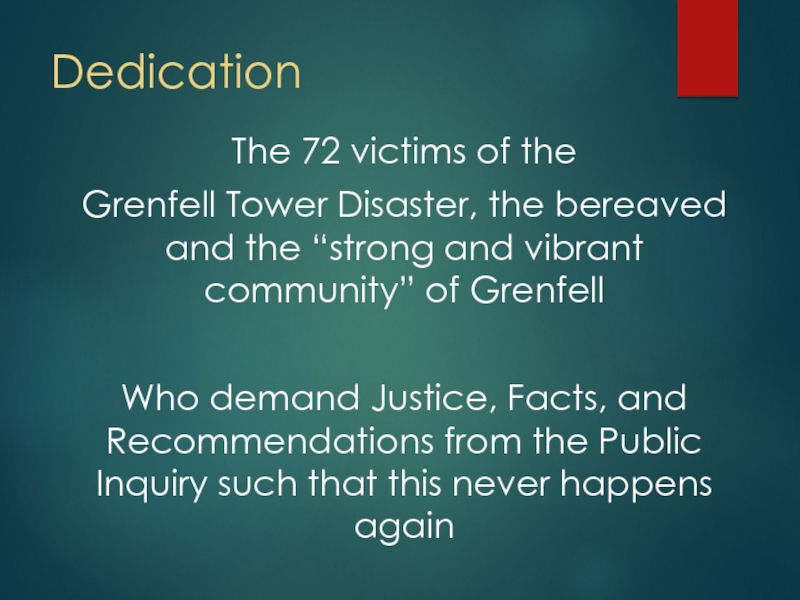
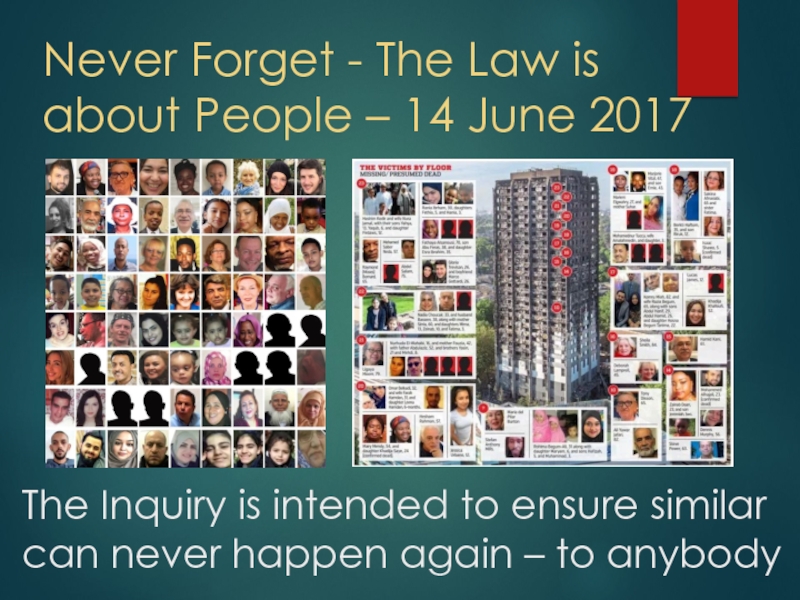
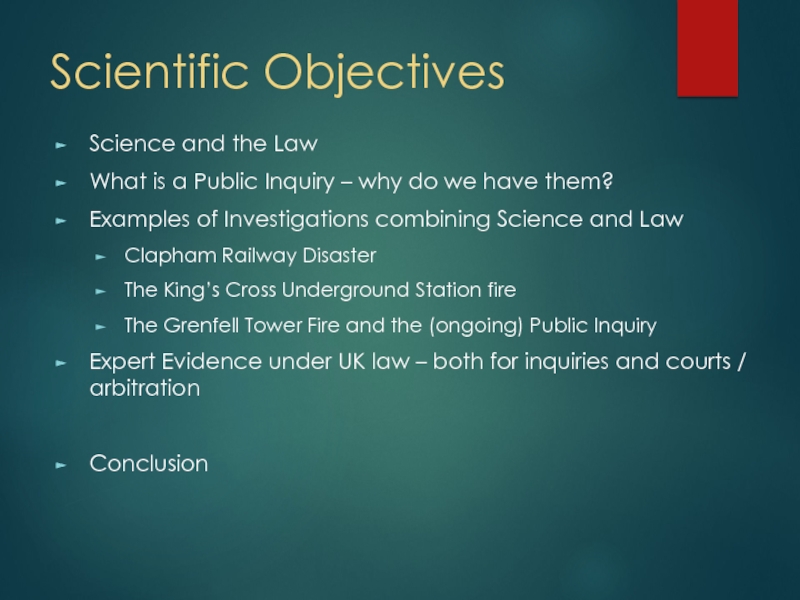

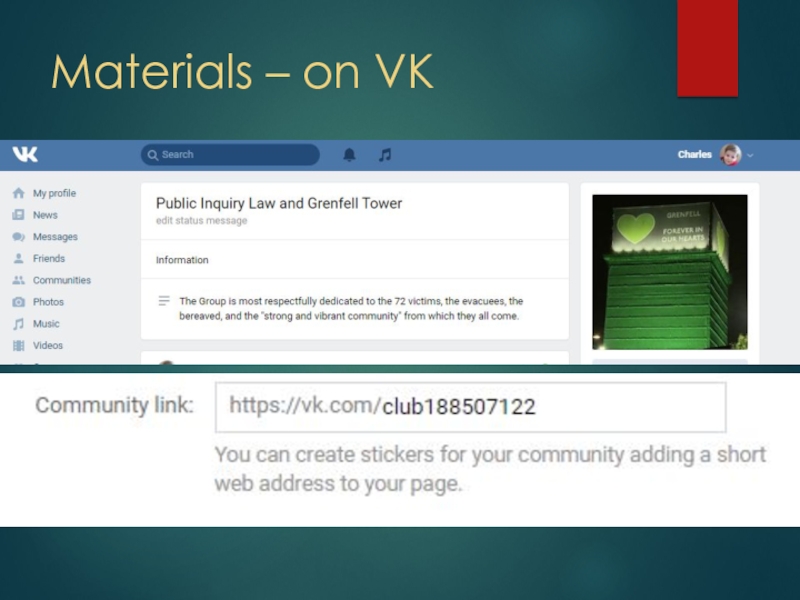
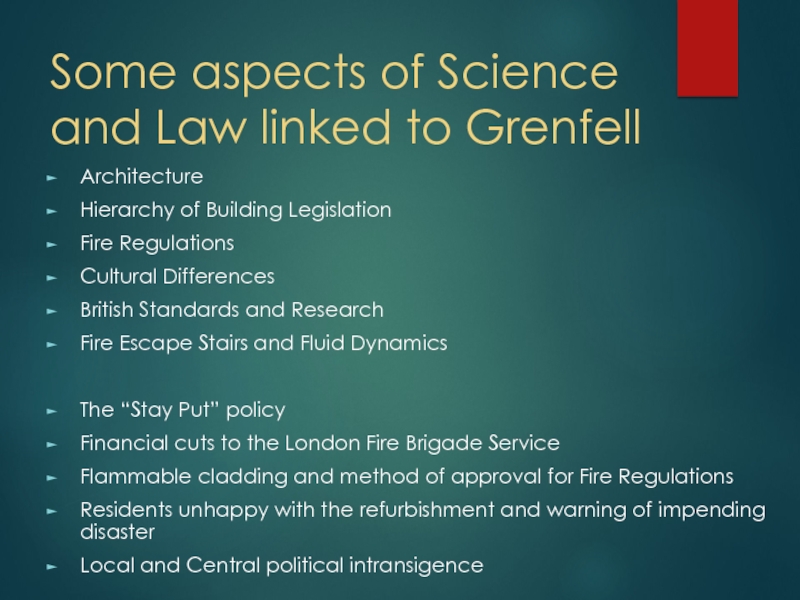
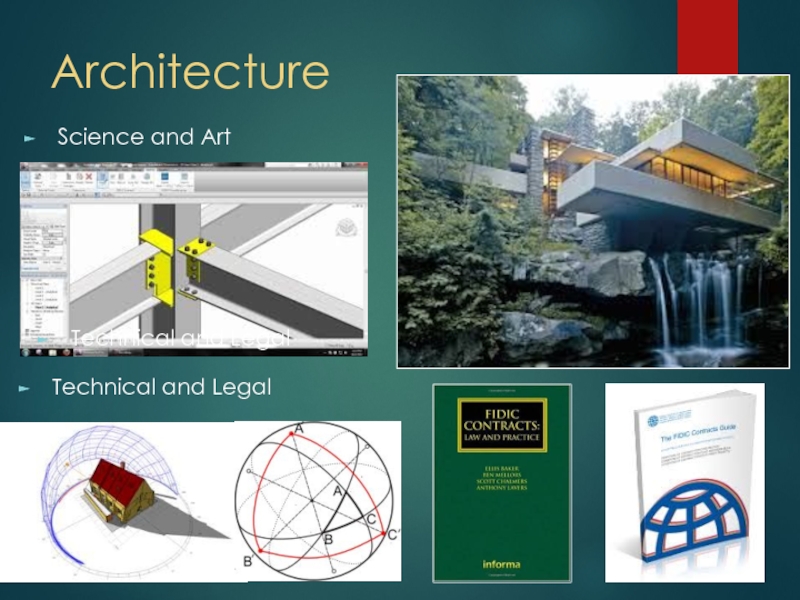
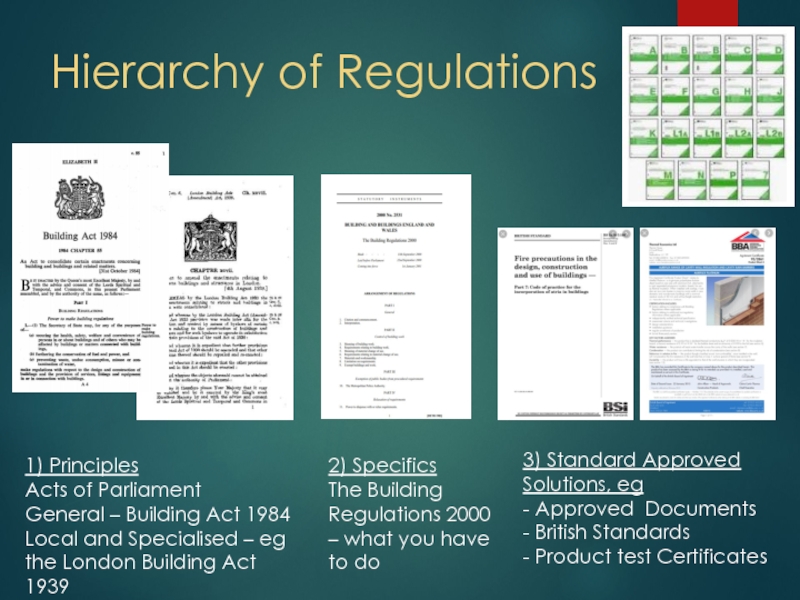
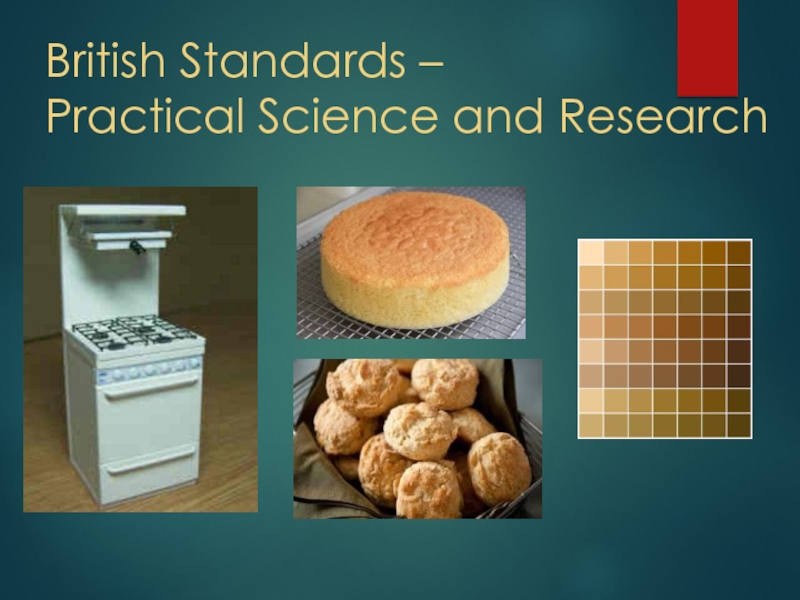
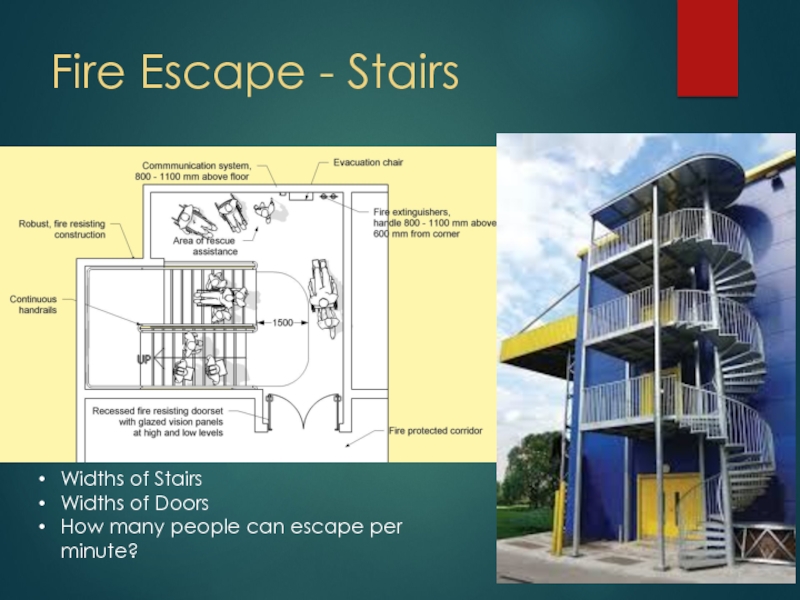
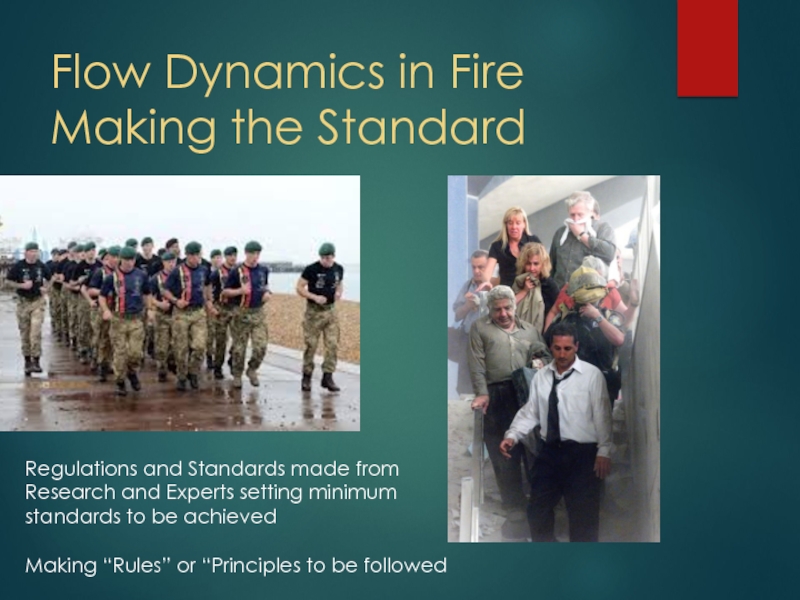
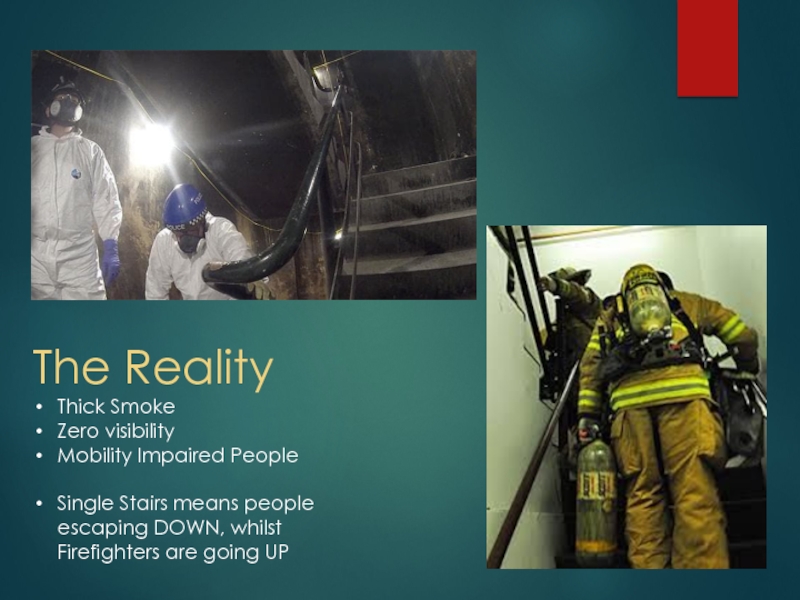
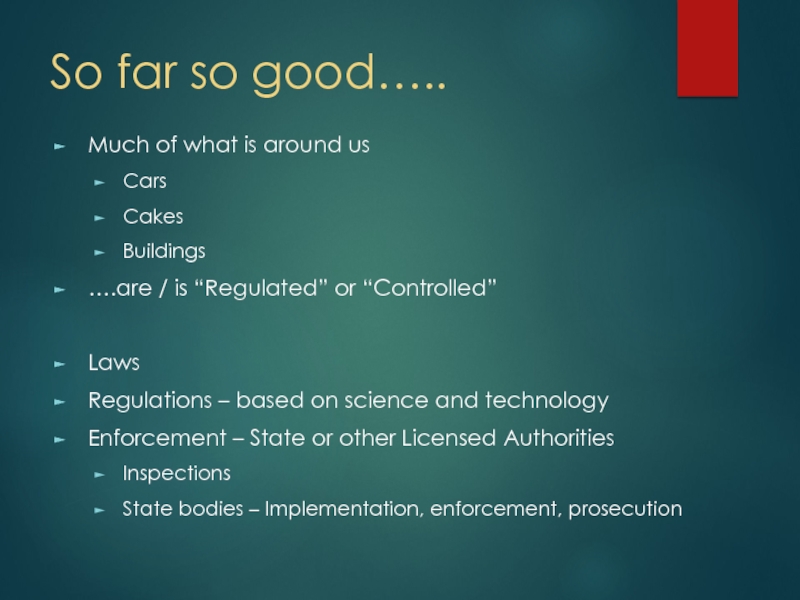
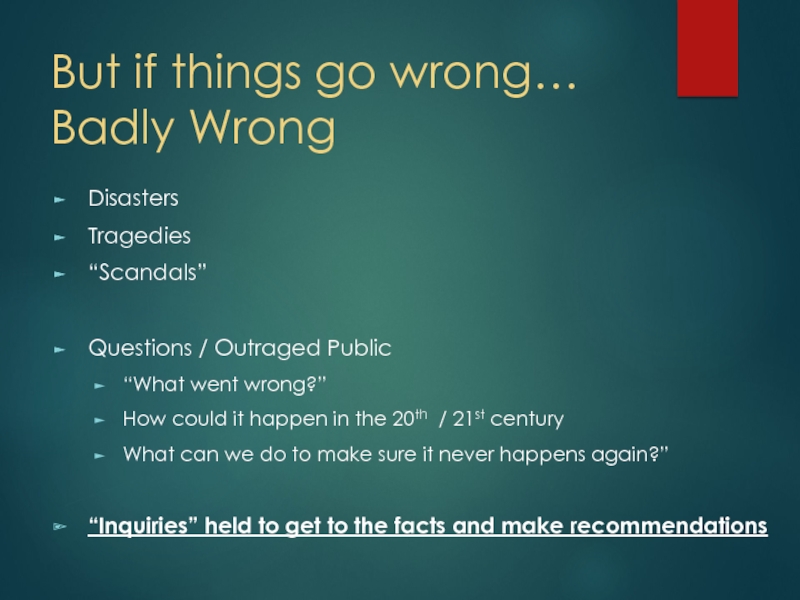
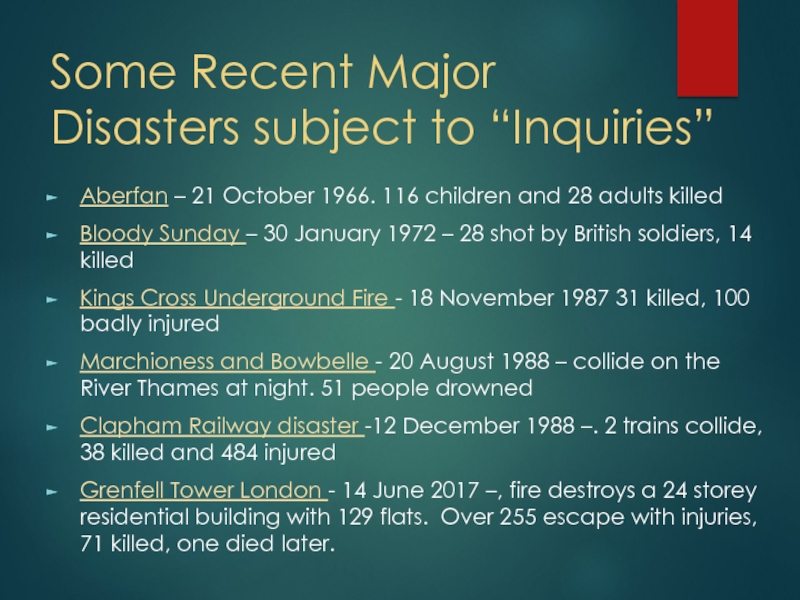
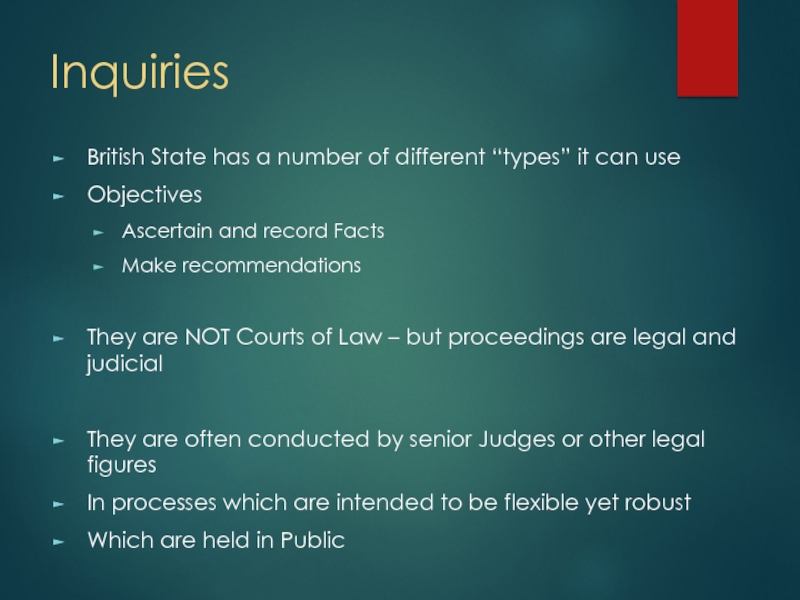
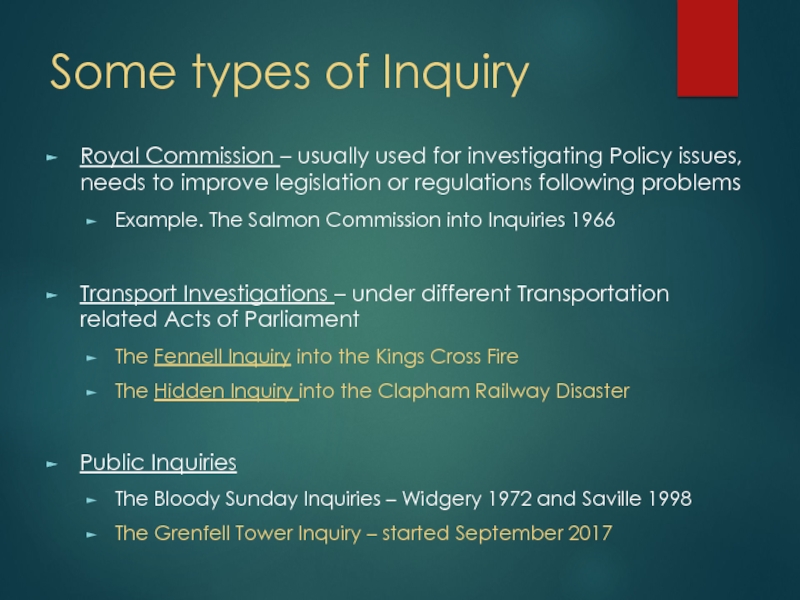
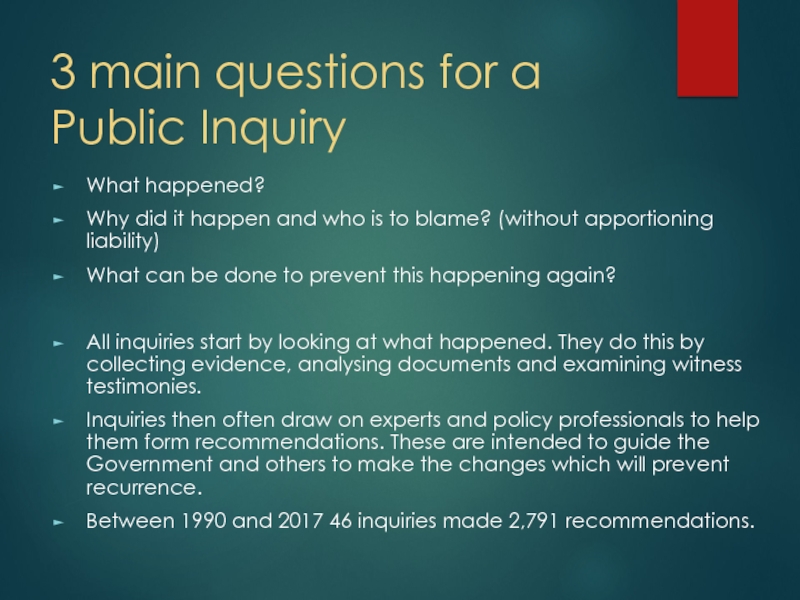
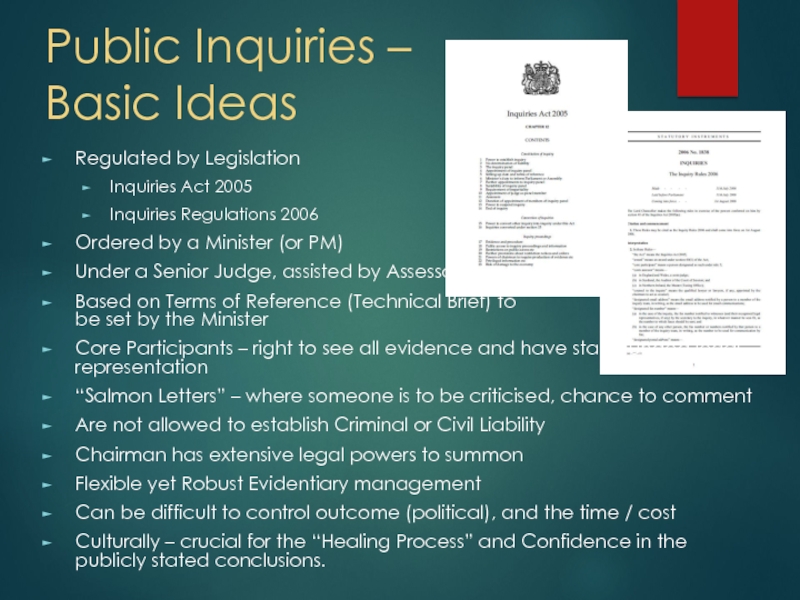
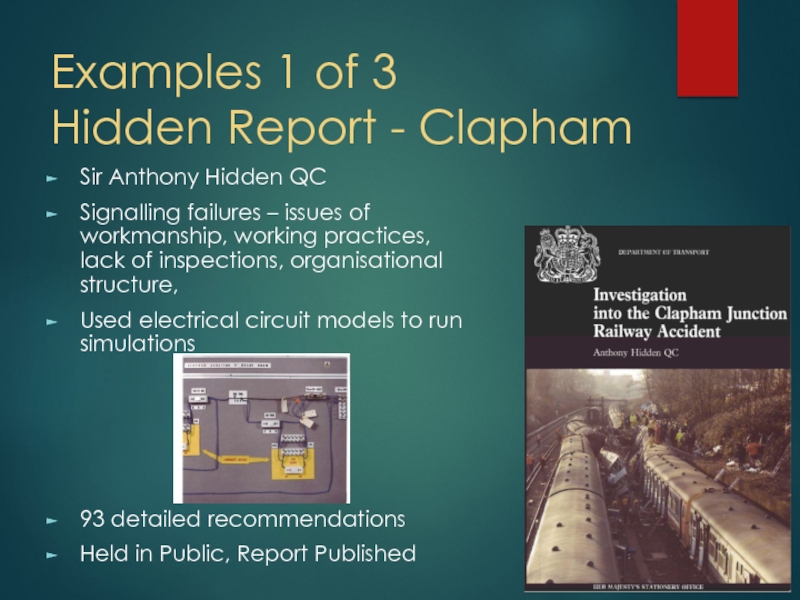
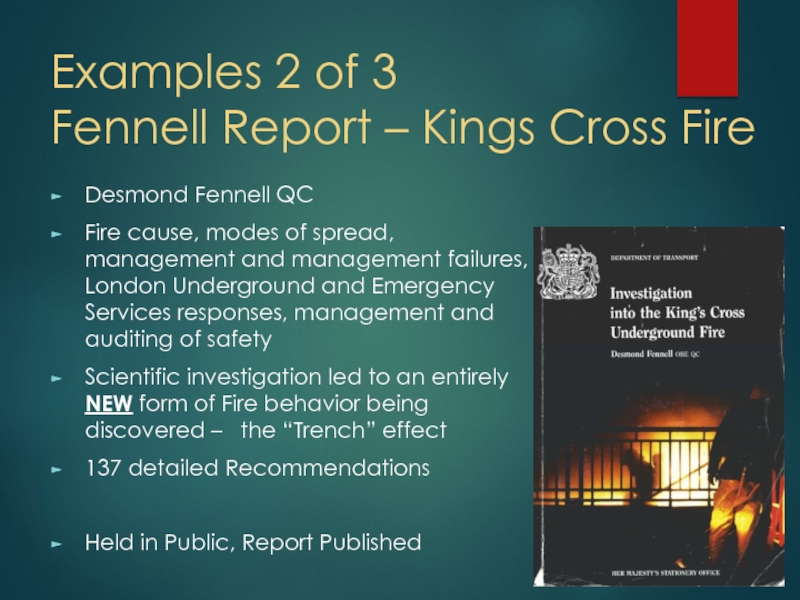
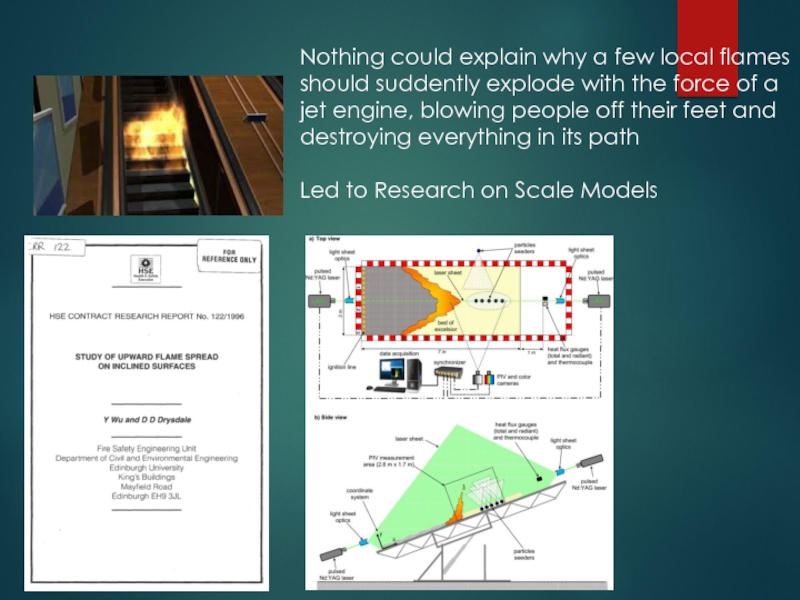
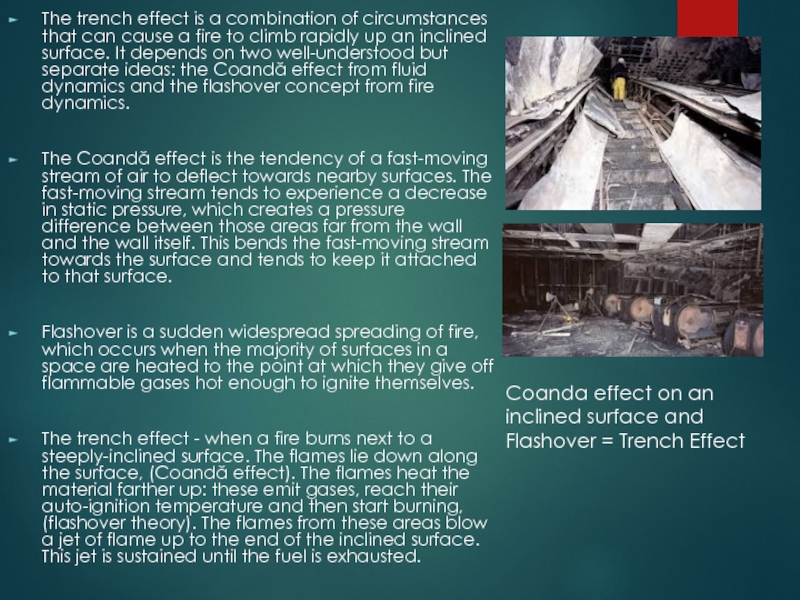
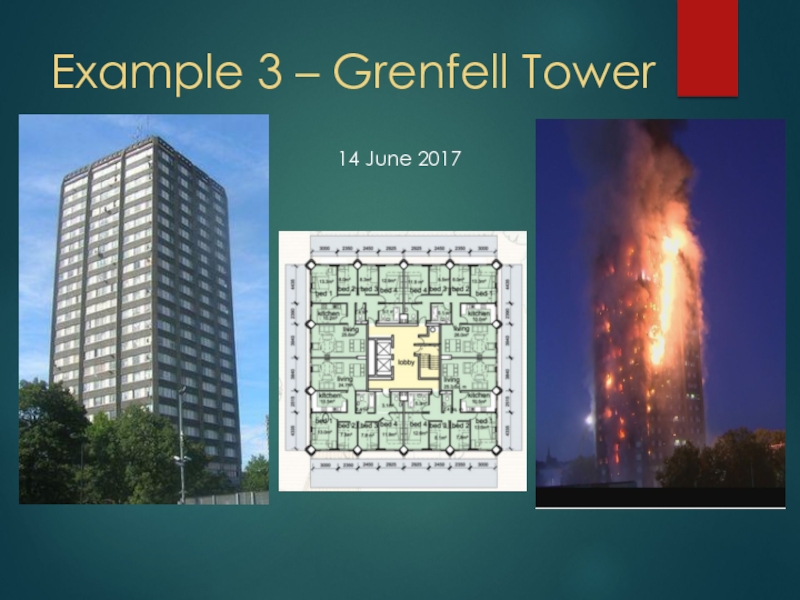
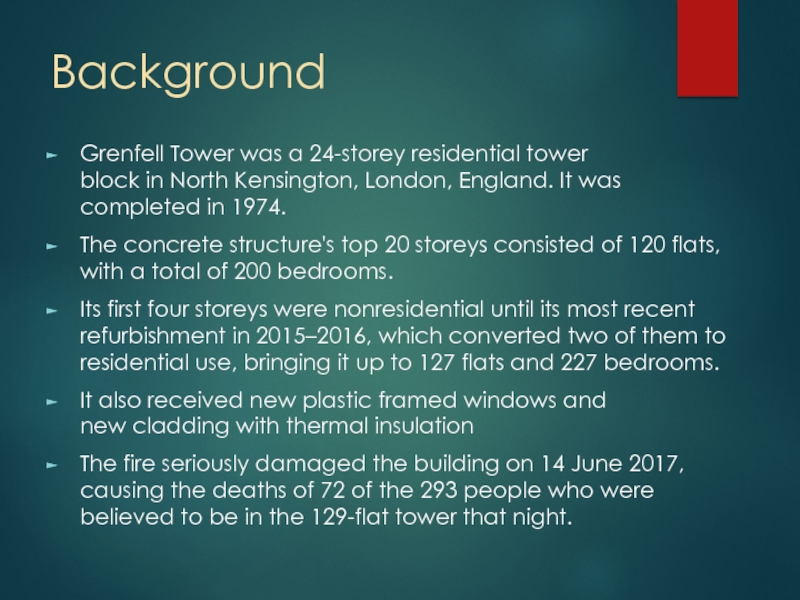
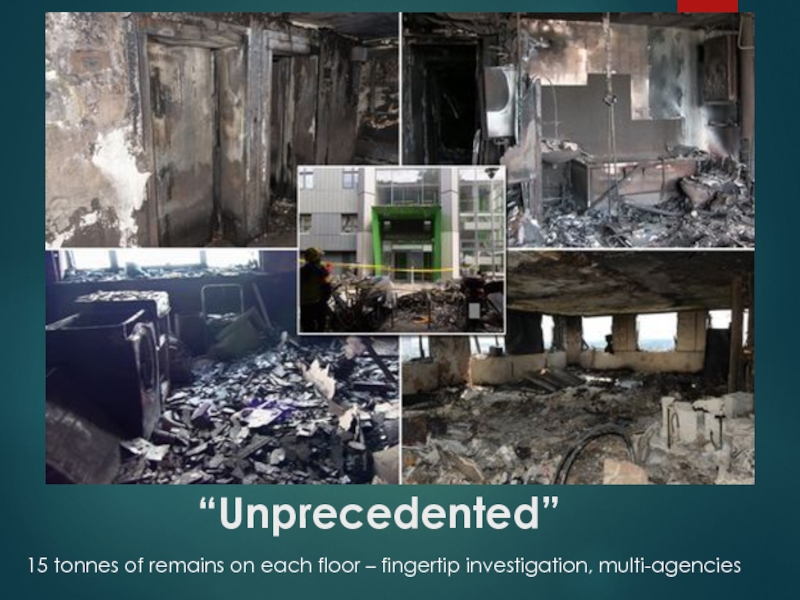
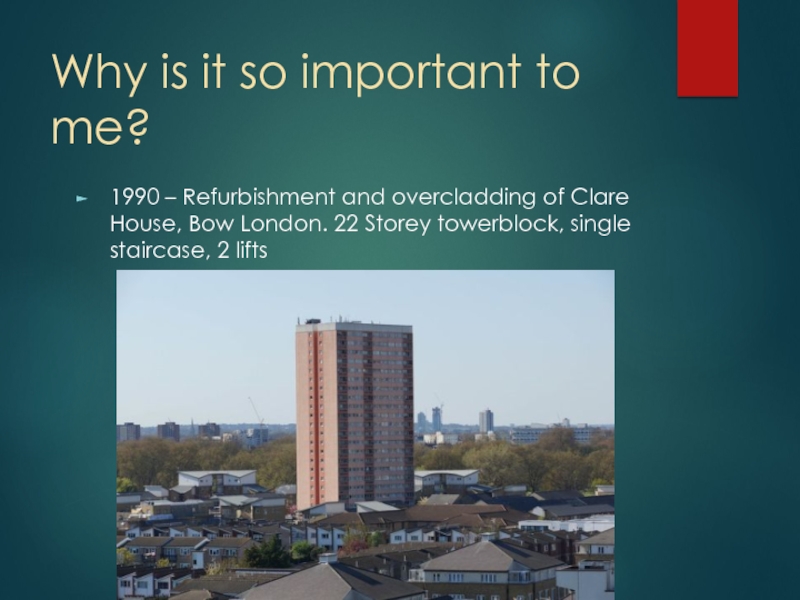
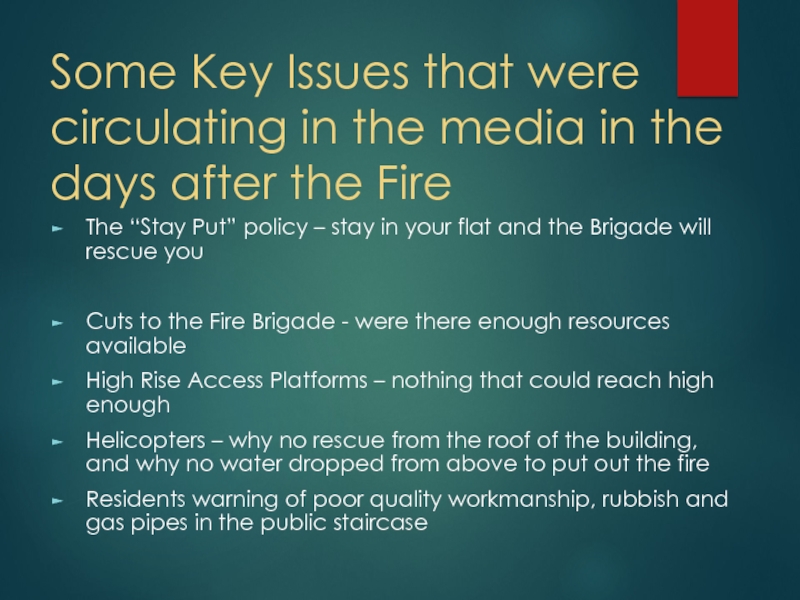
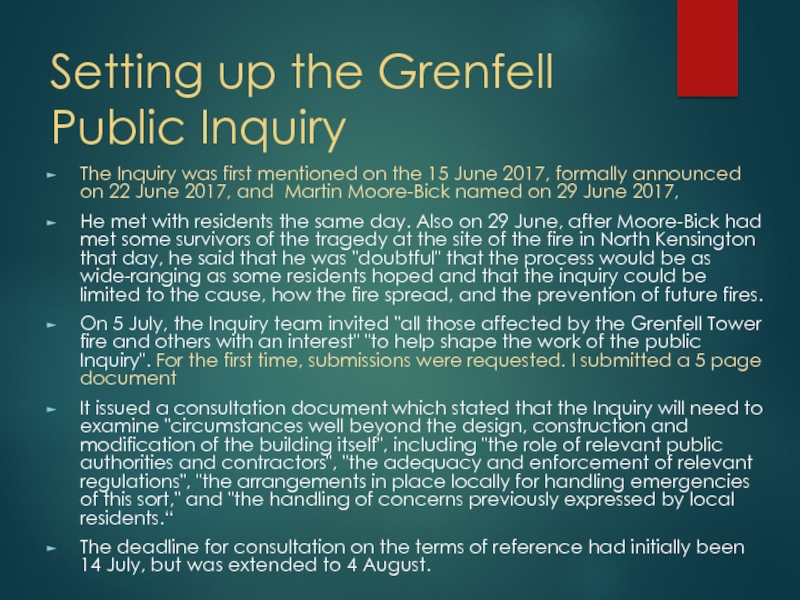
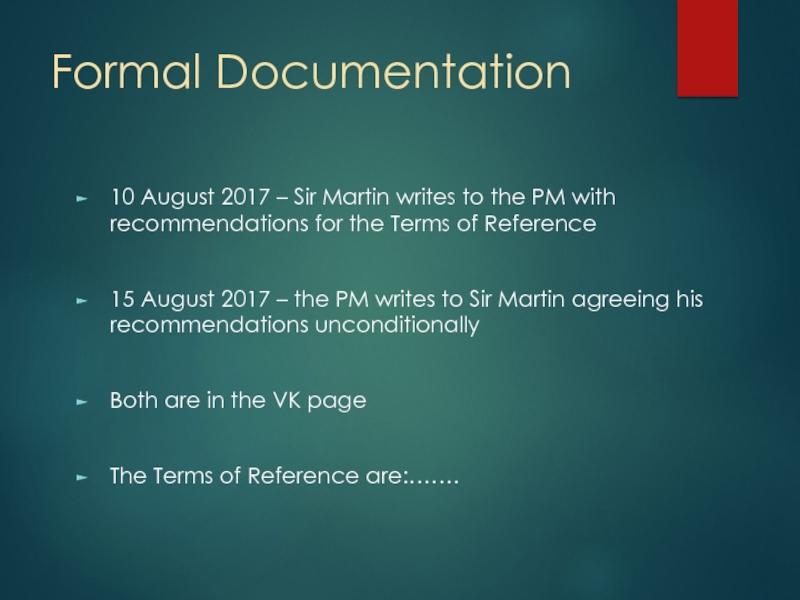
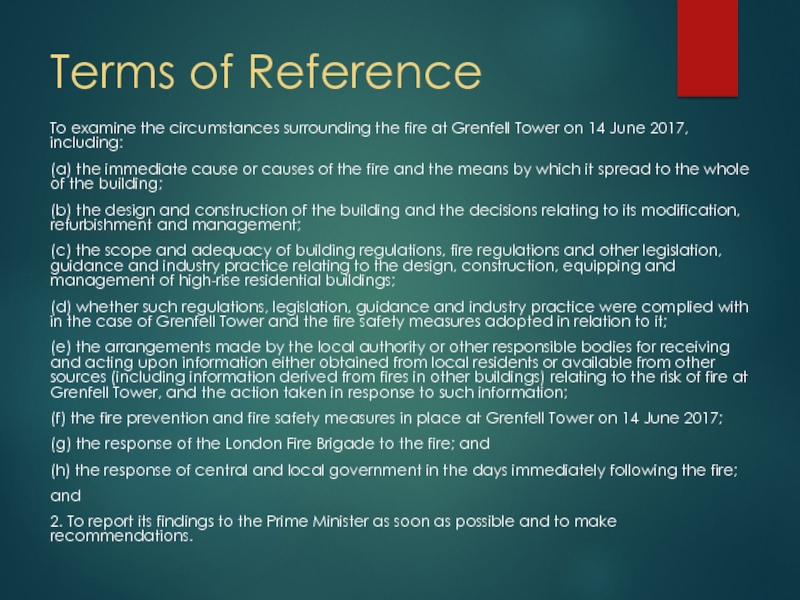
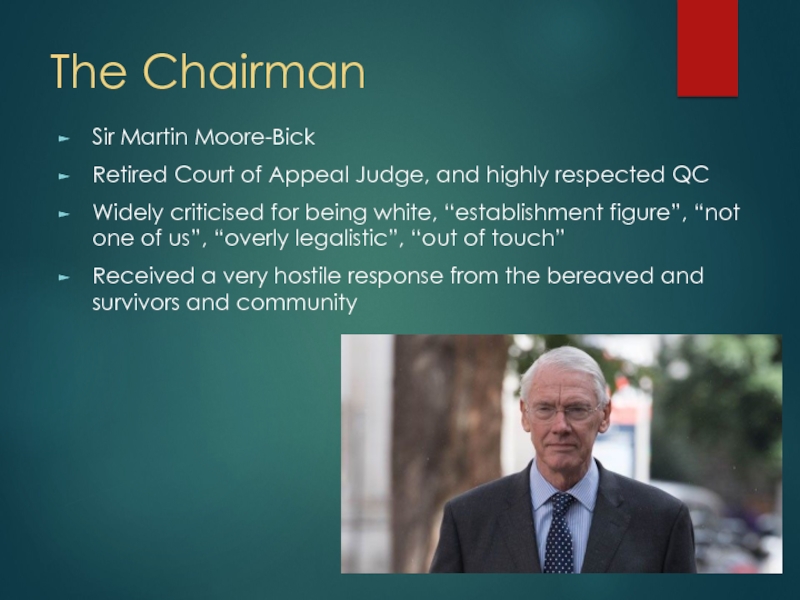
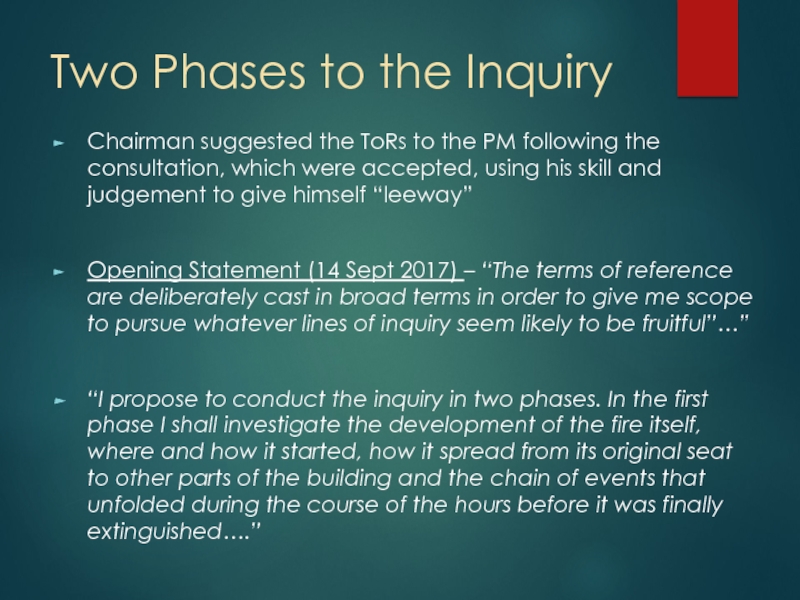
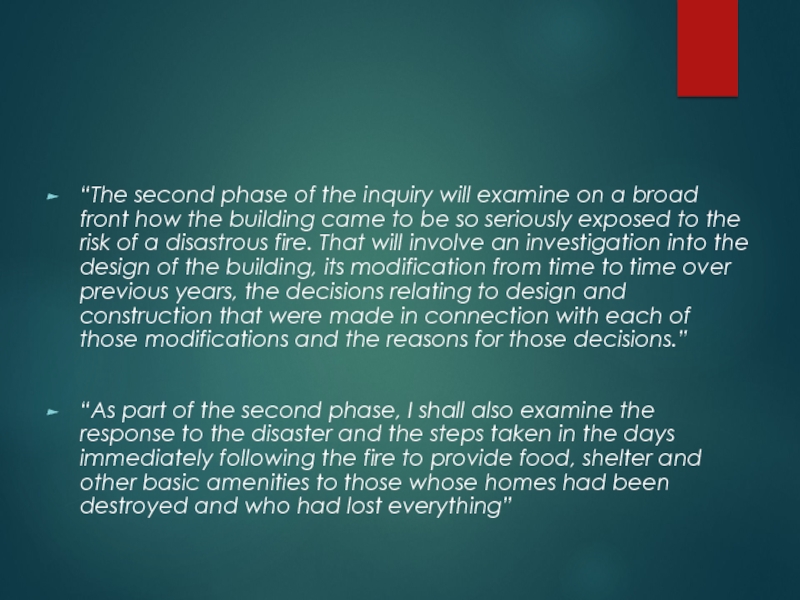
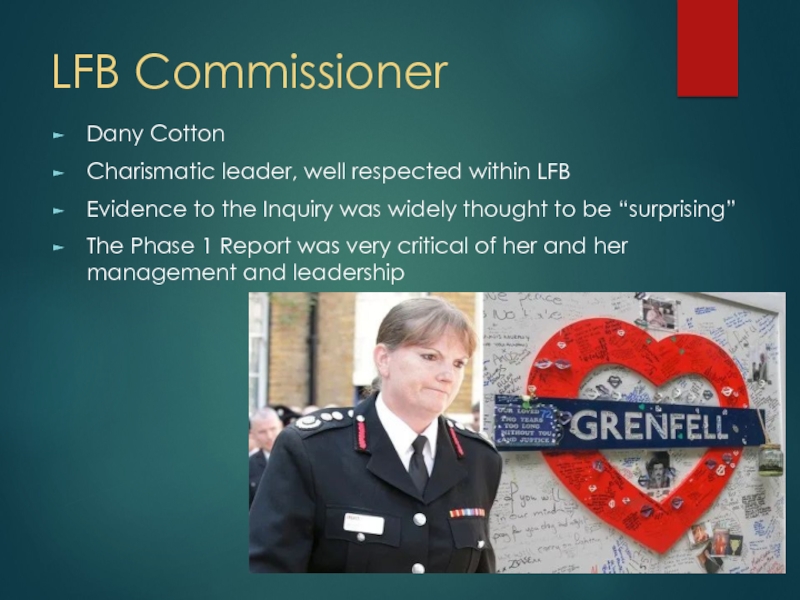
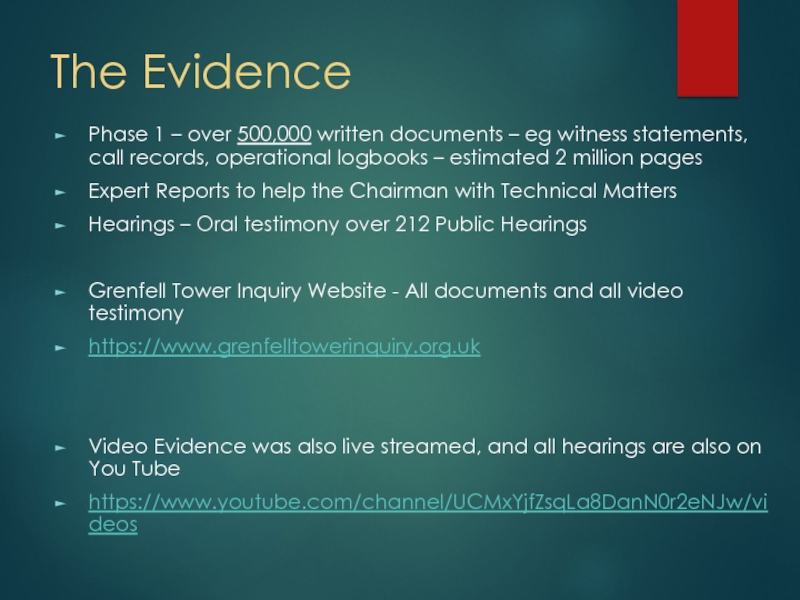
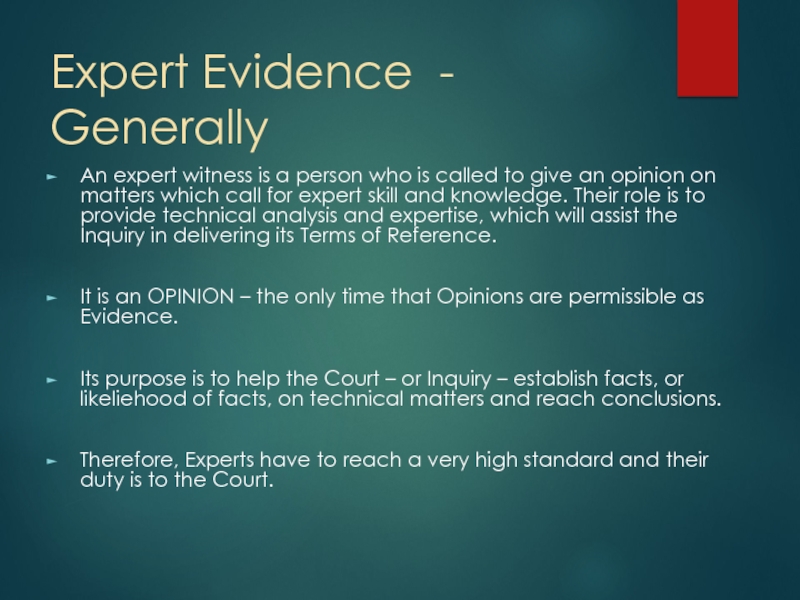
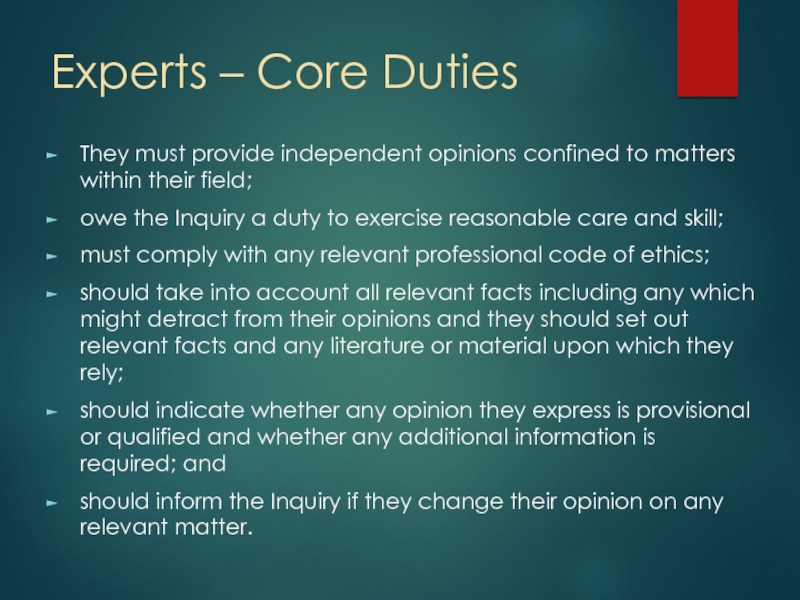
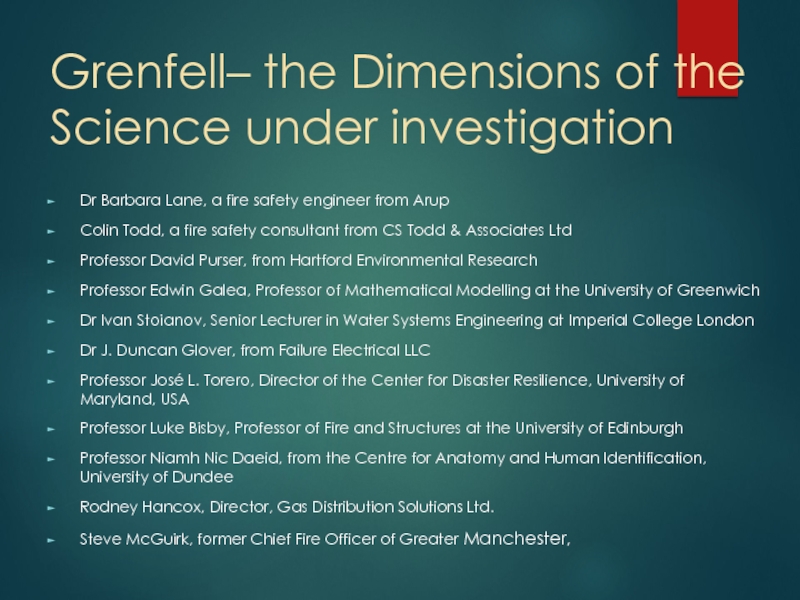
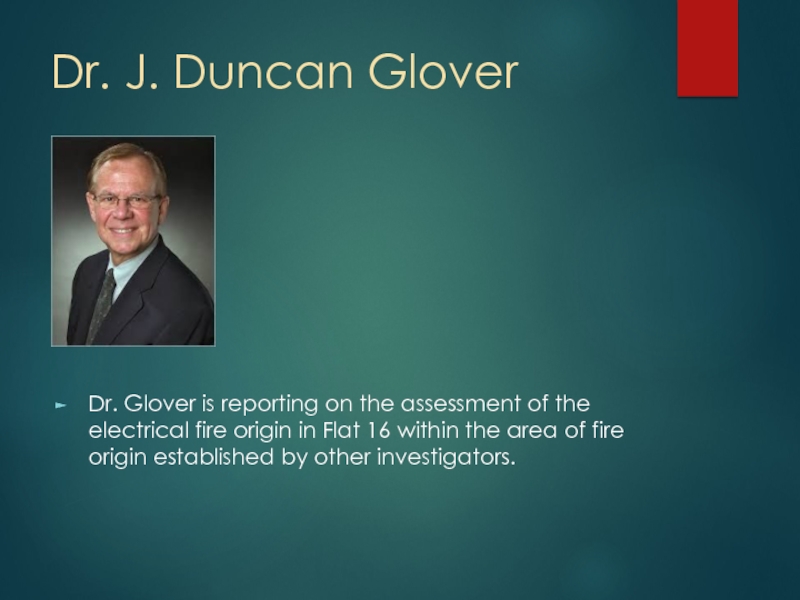
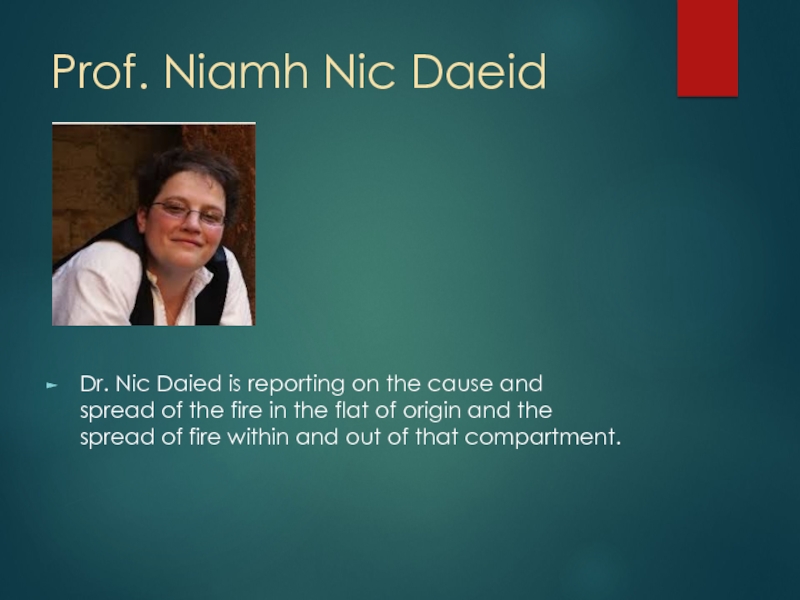
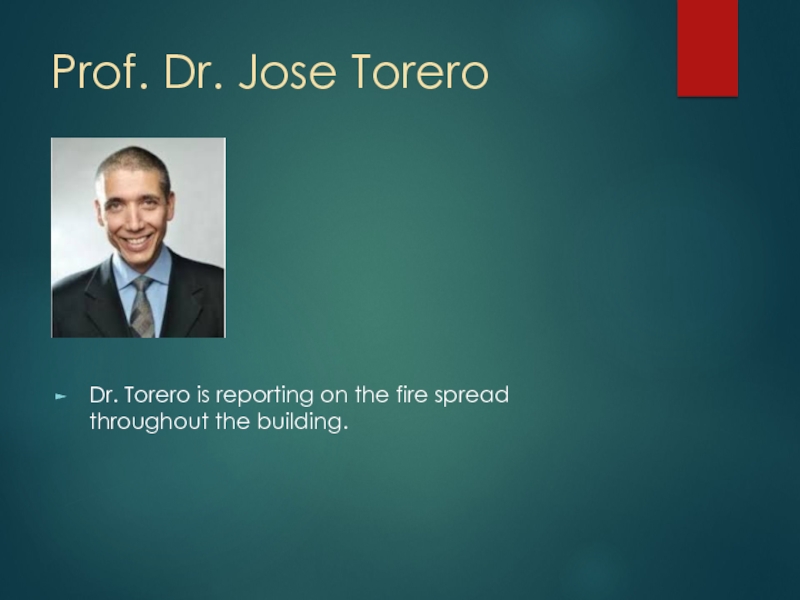
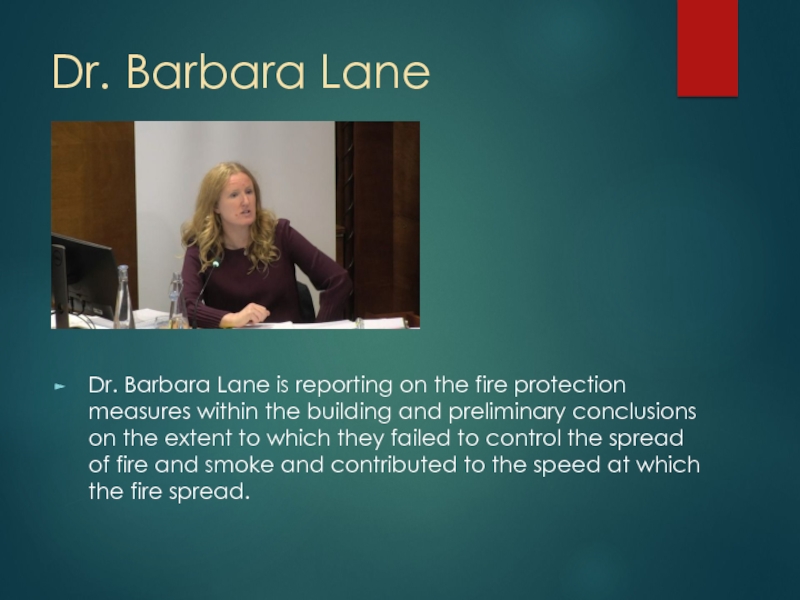
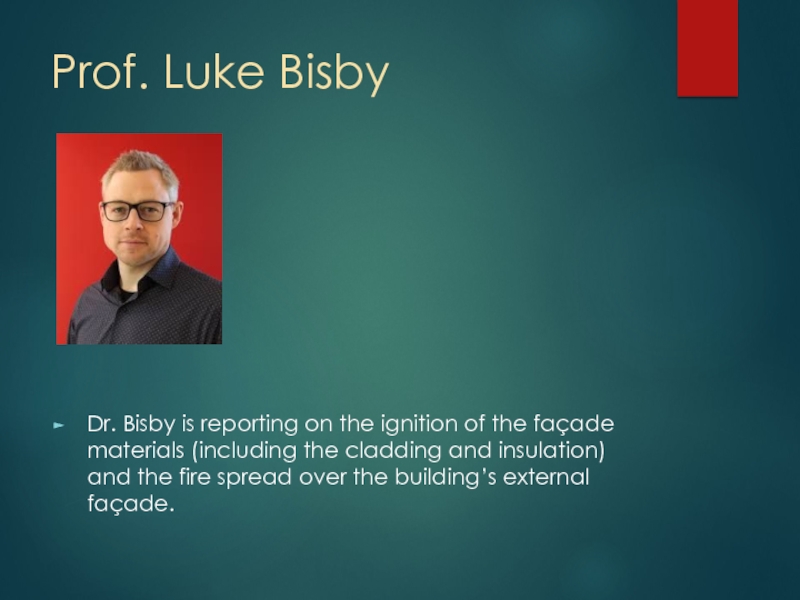
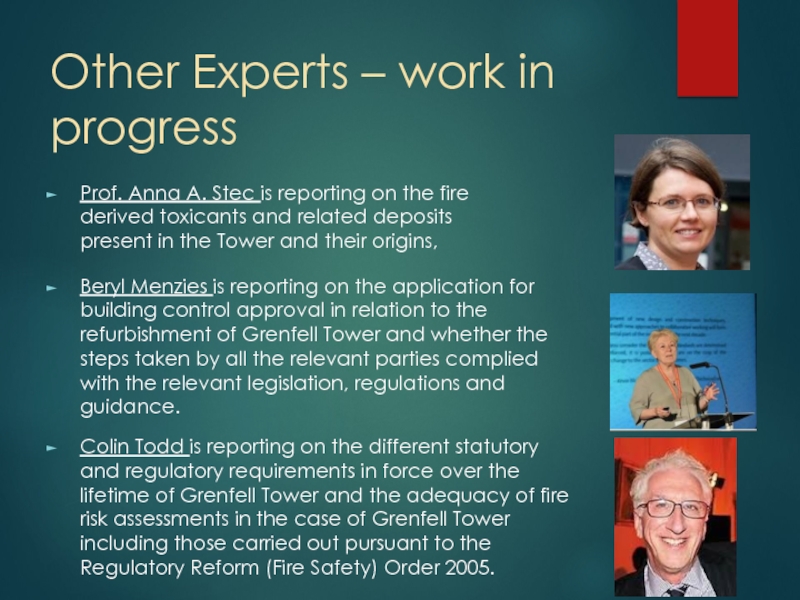
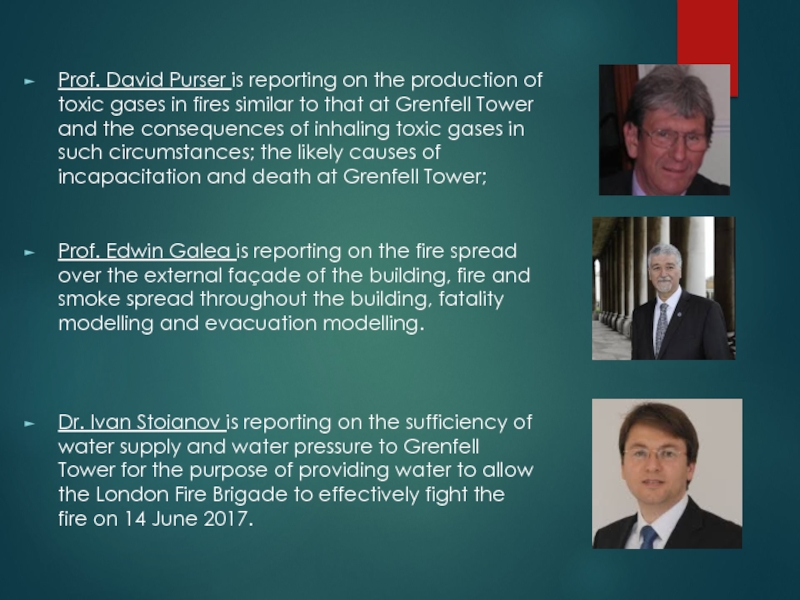
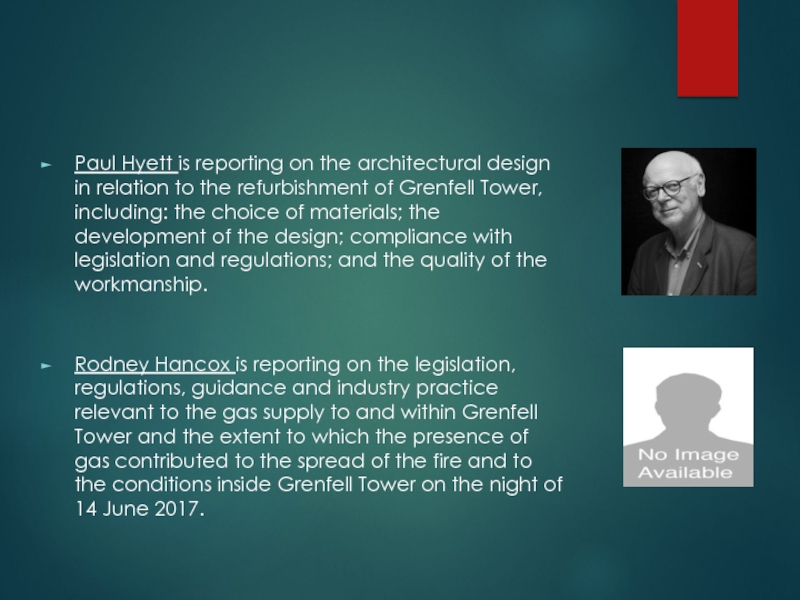
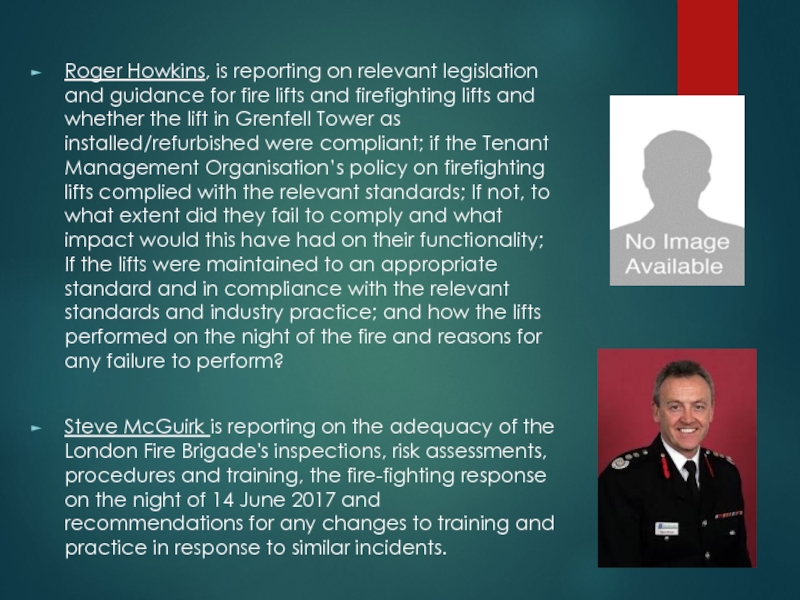
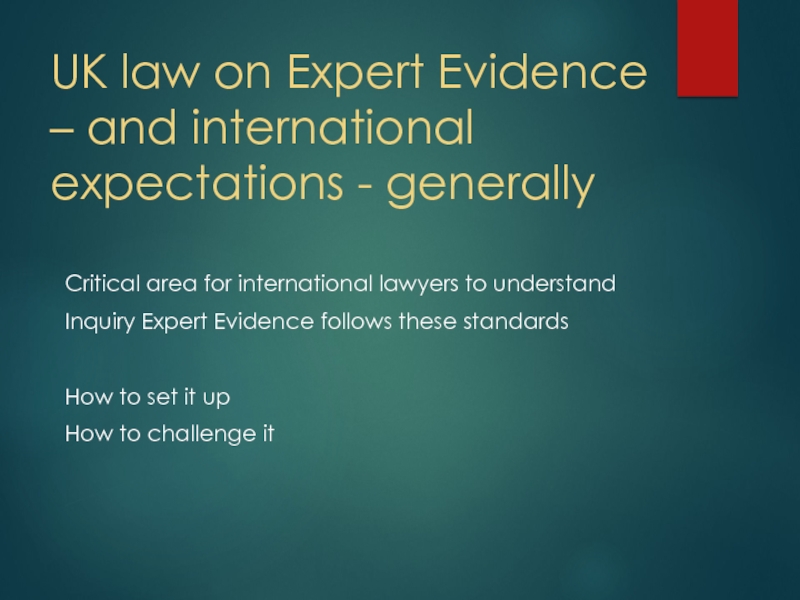
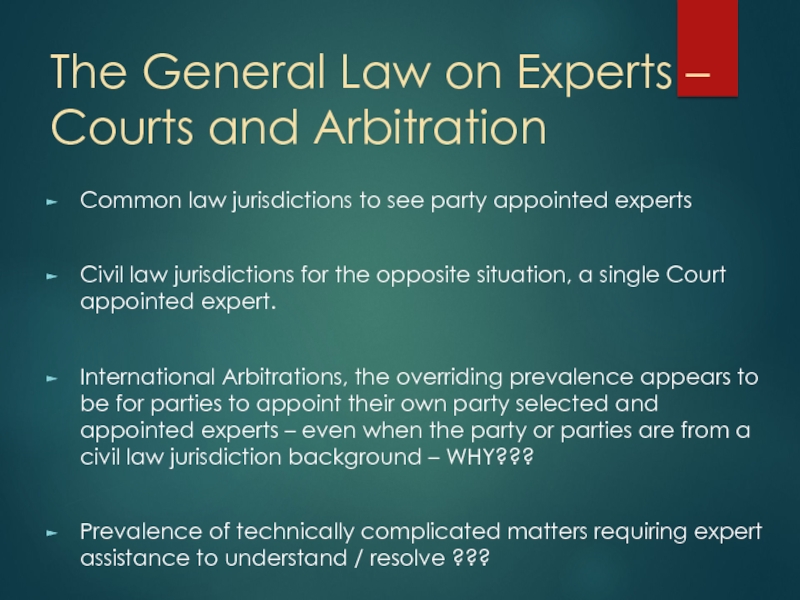
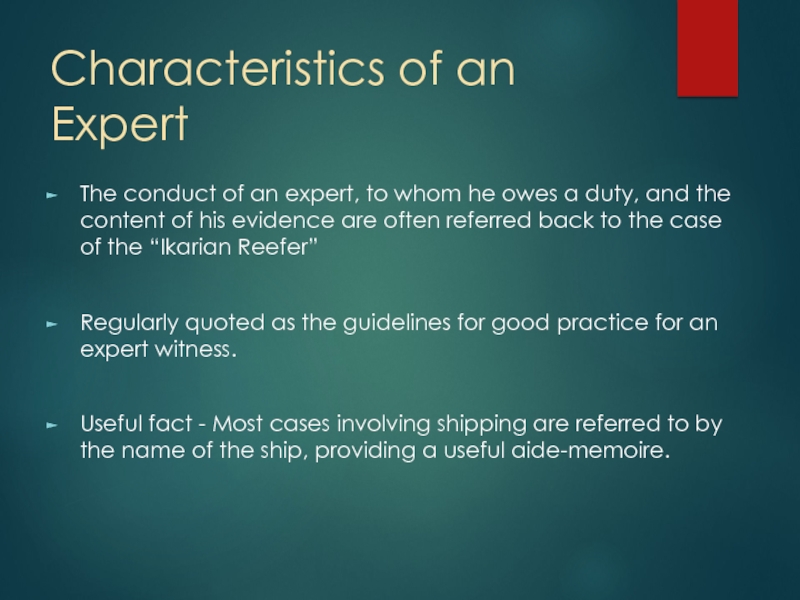
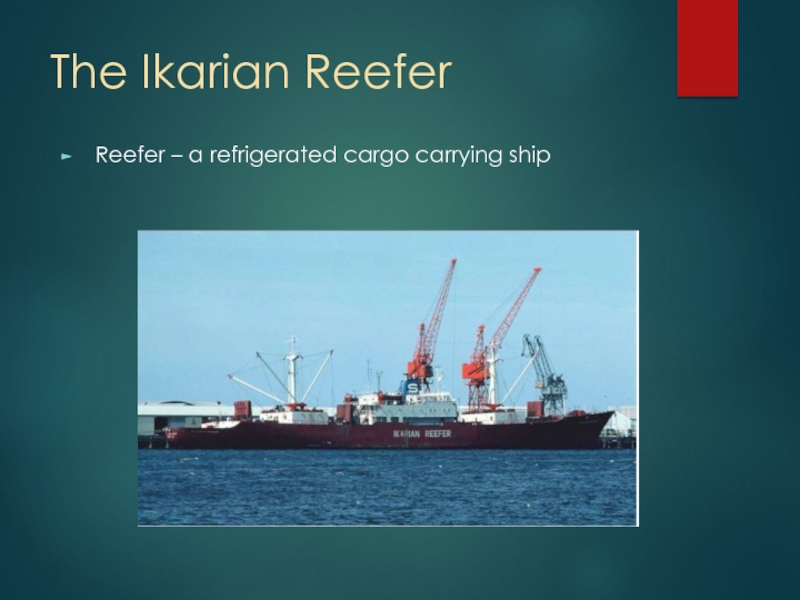
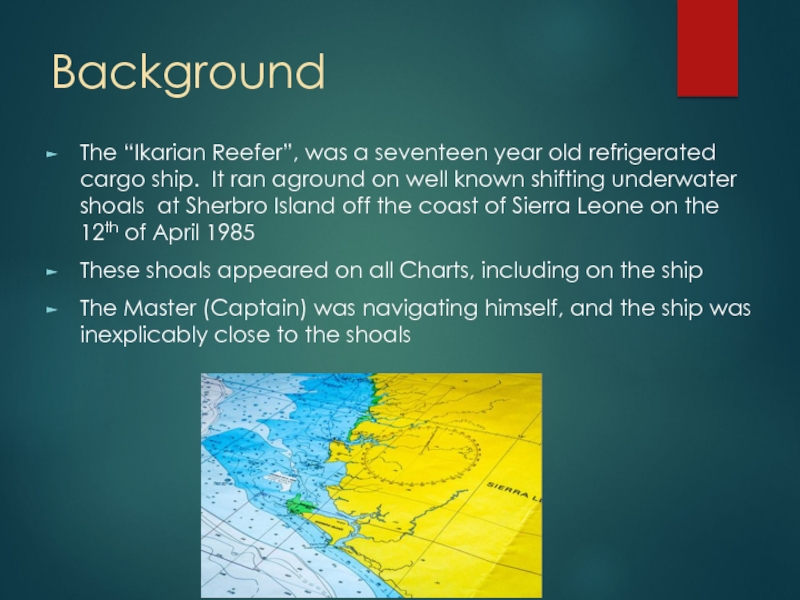
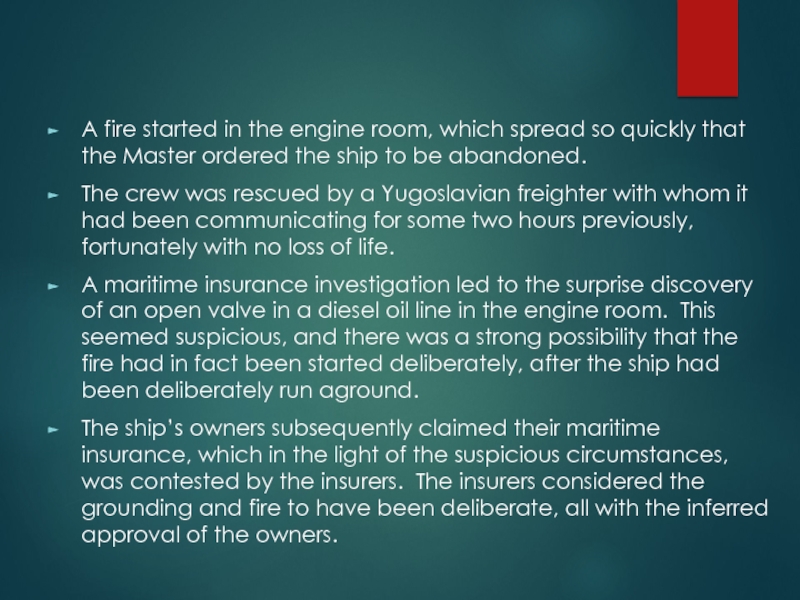
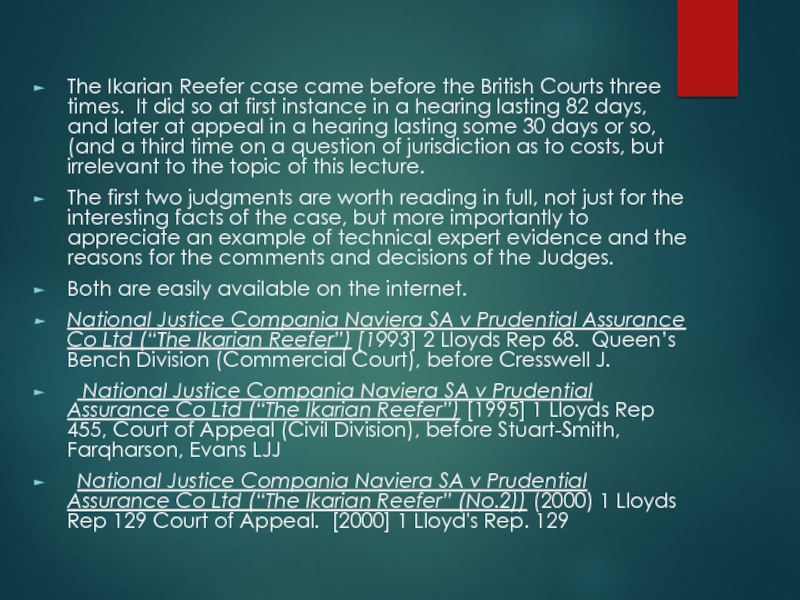
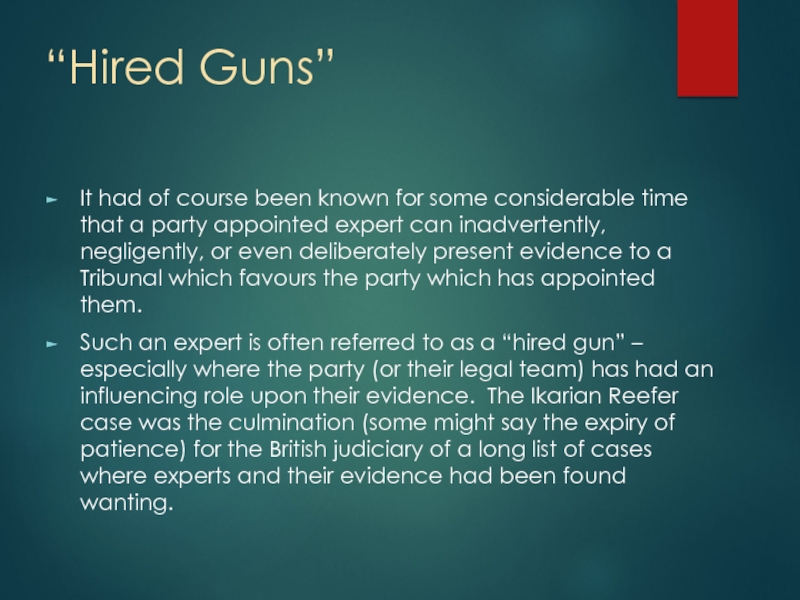
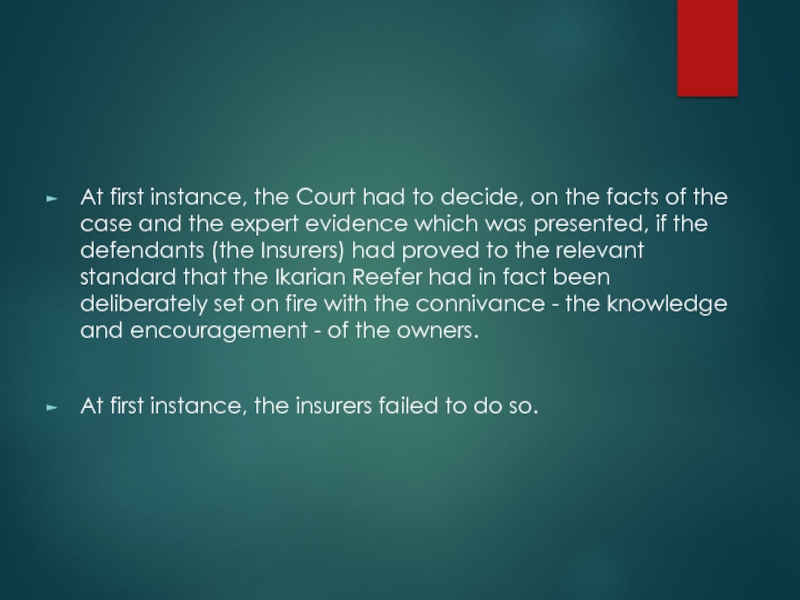
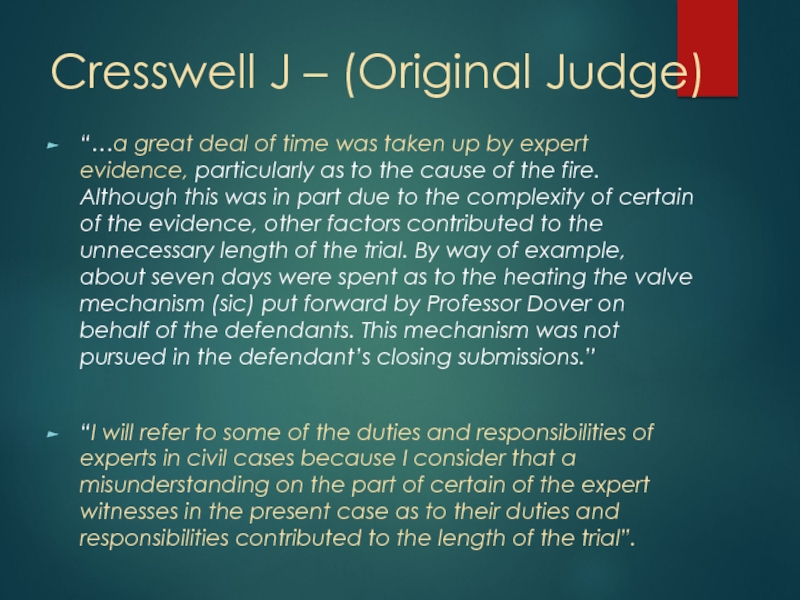
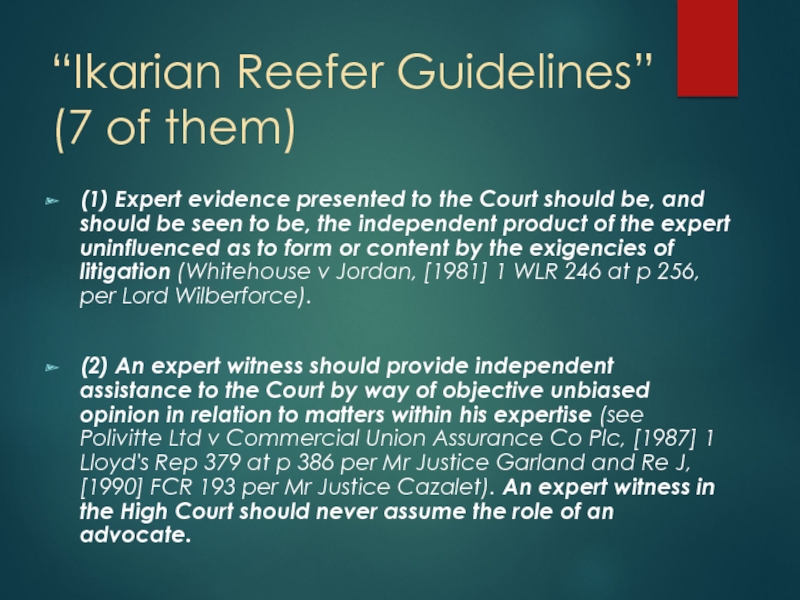
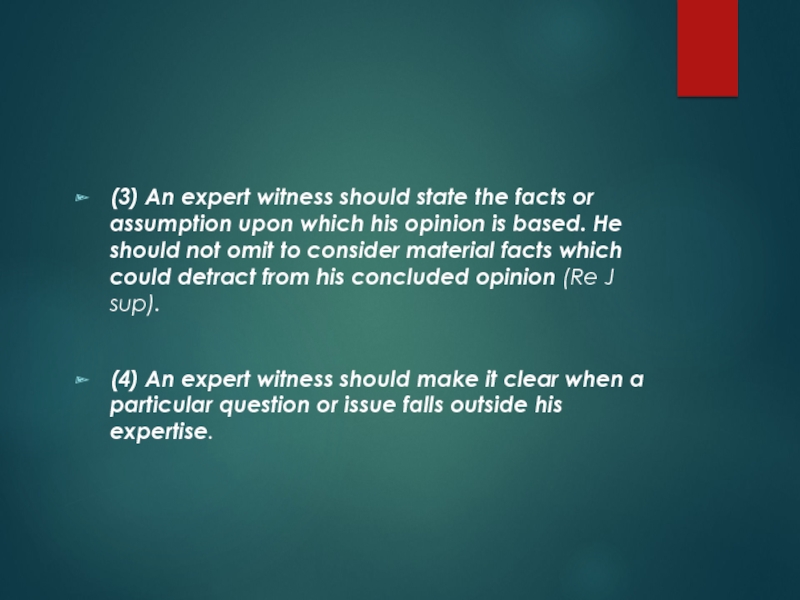
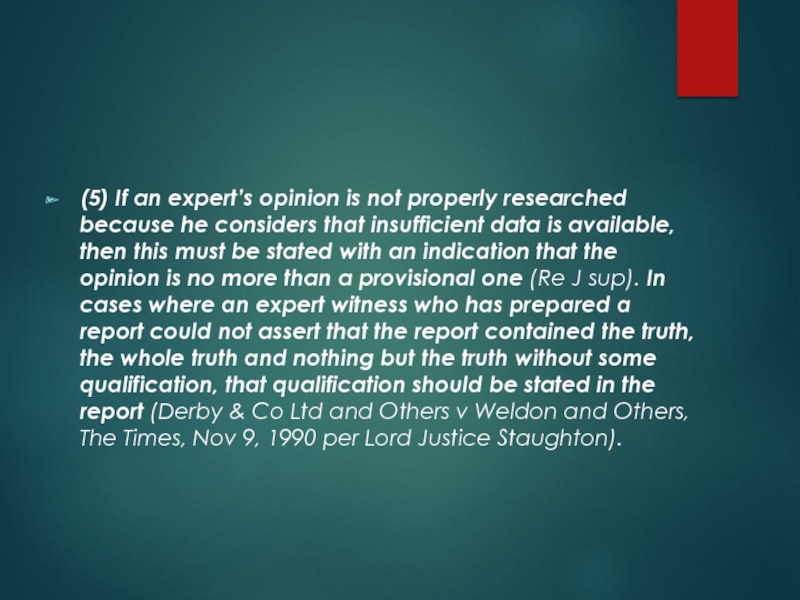
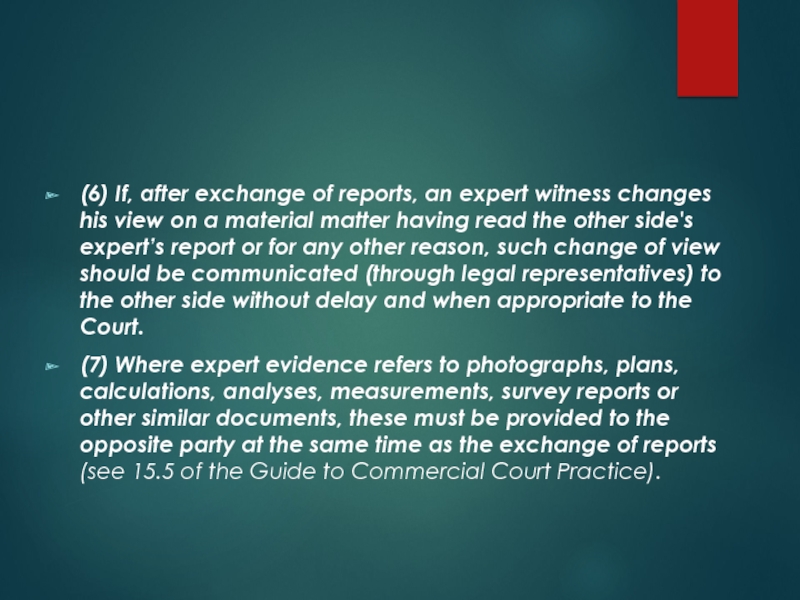
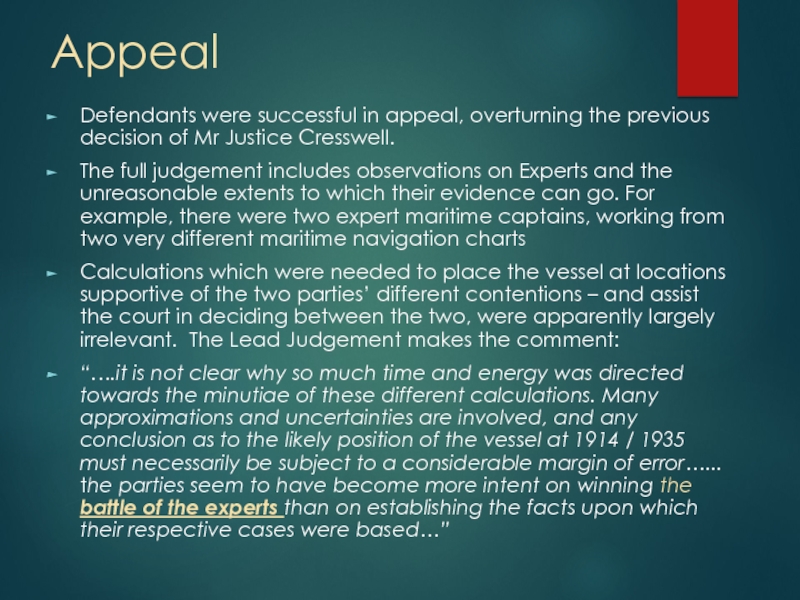
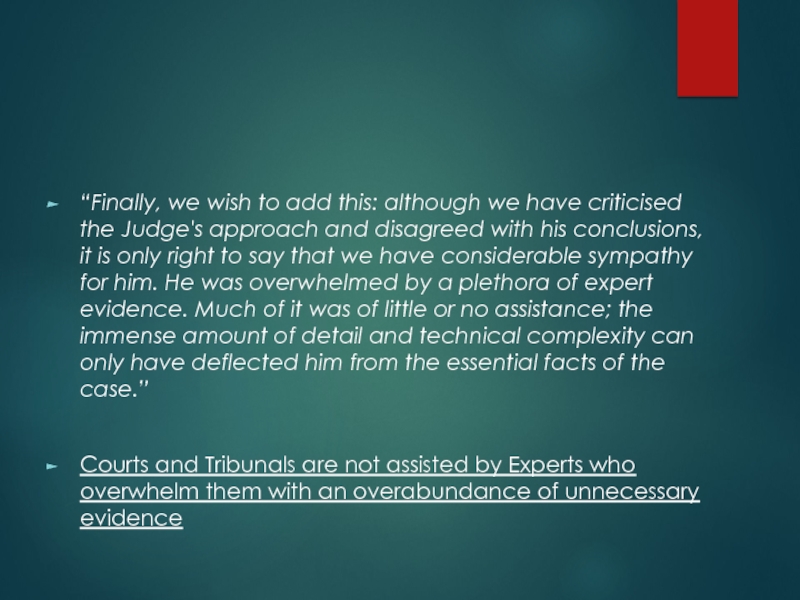
![UK Public Inquiry Law – Law, Practice, Justice and Culture A Very Sad CaseVan Oord UK Ltd & Anor v Allseas A Very Sad CaseVan Oord UK Ltd & Anor v Allseas UK Ltd [2015] EWHC 3074 (TCC)The](/img/thumbs/cf88a8a8389dacea15d9c12f319df3e5-800x.jpg)
